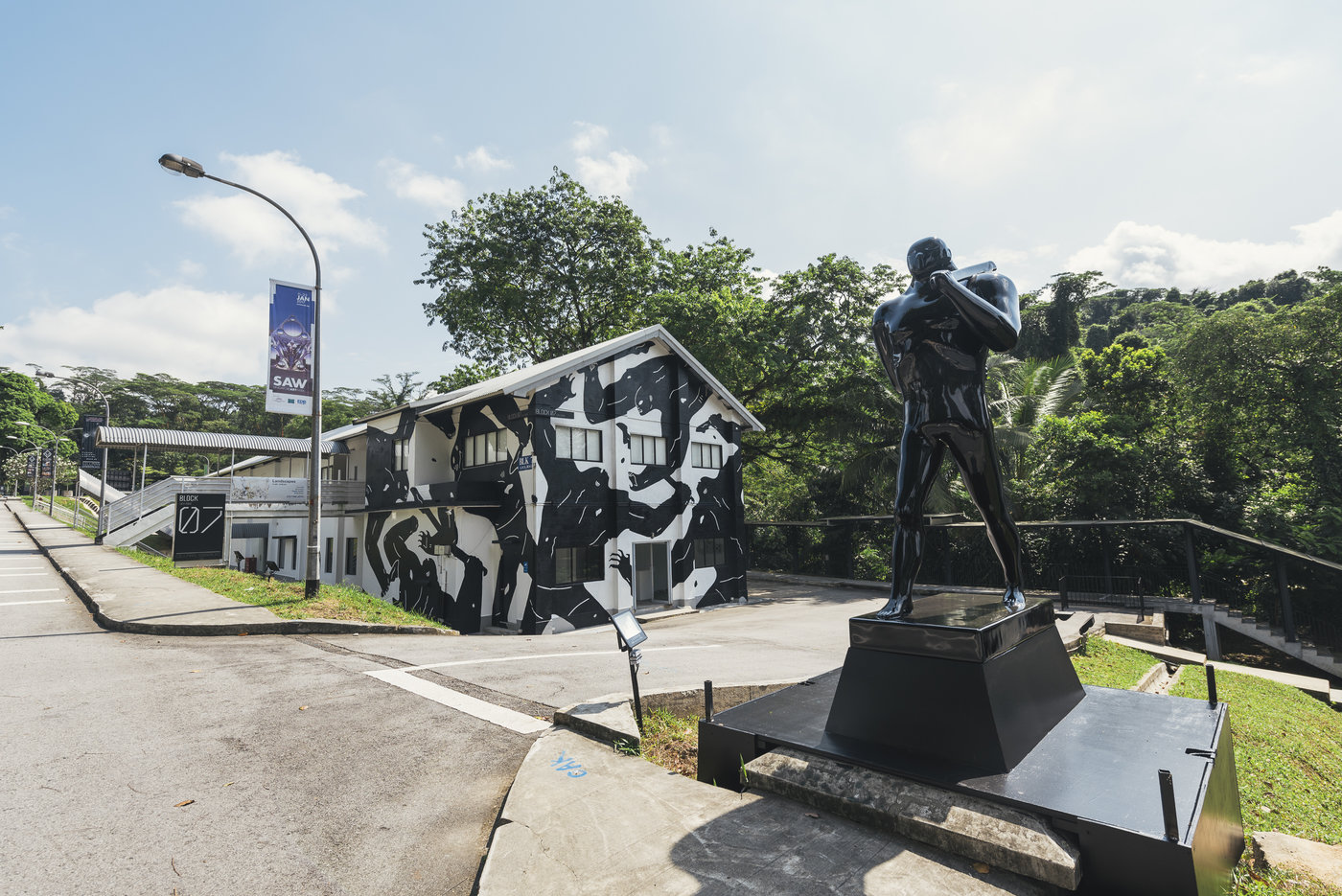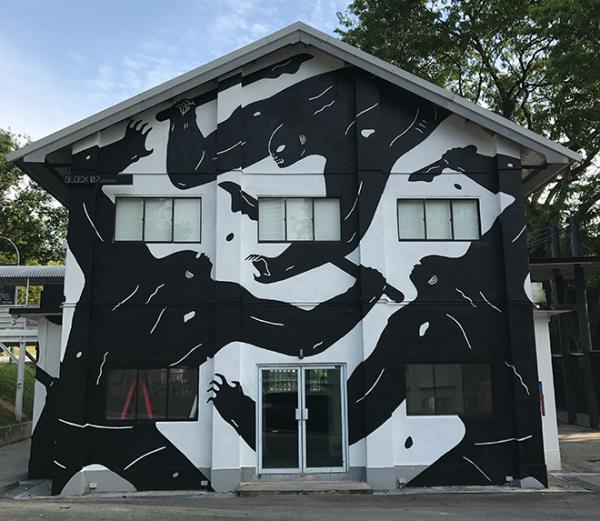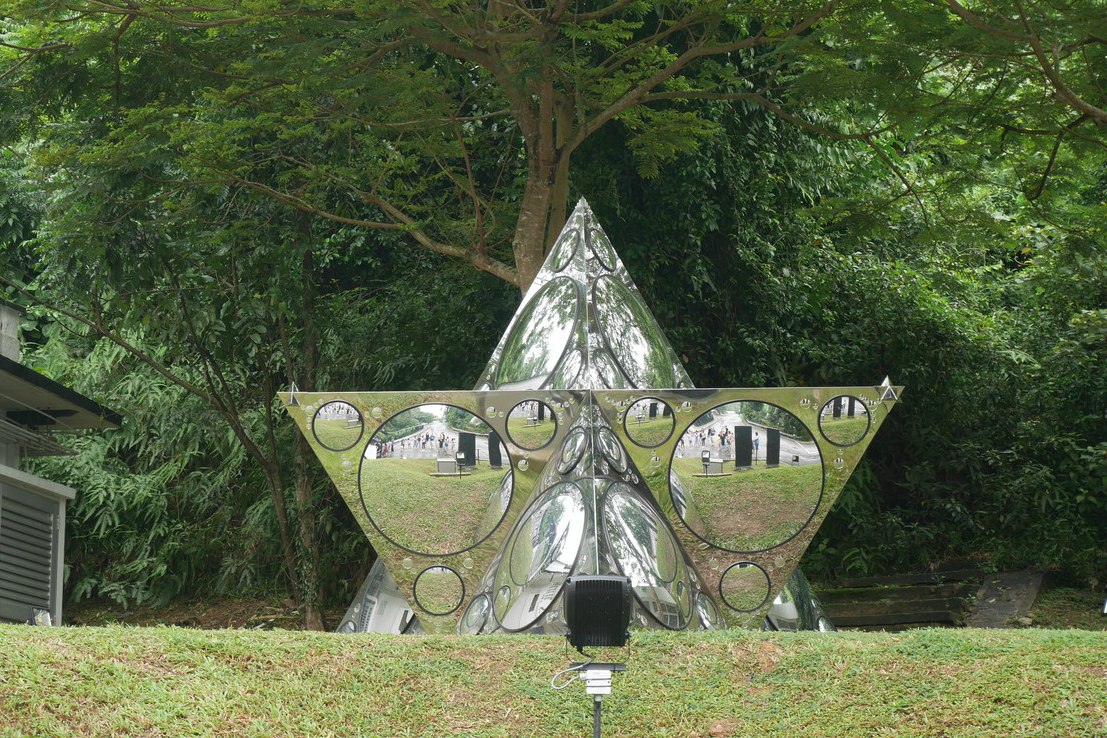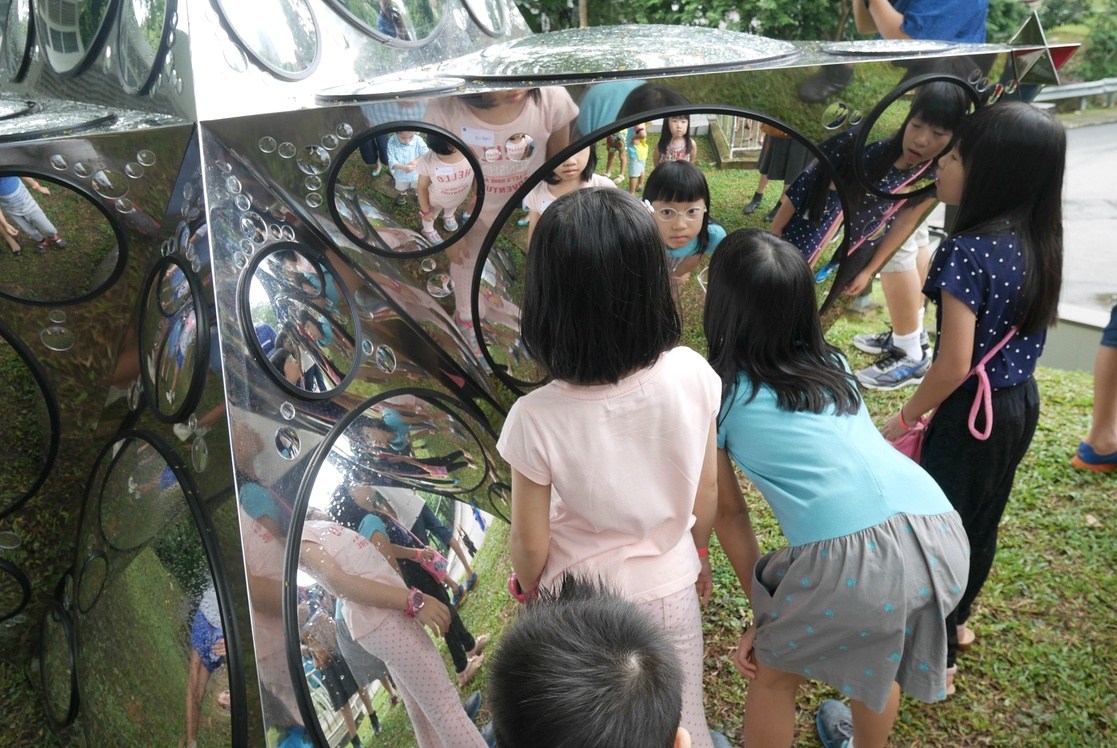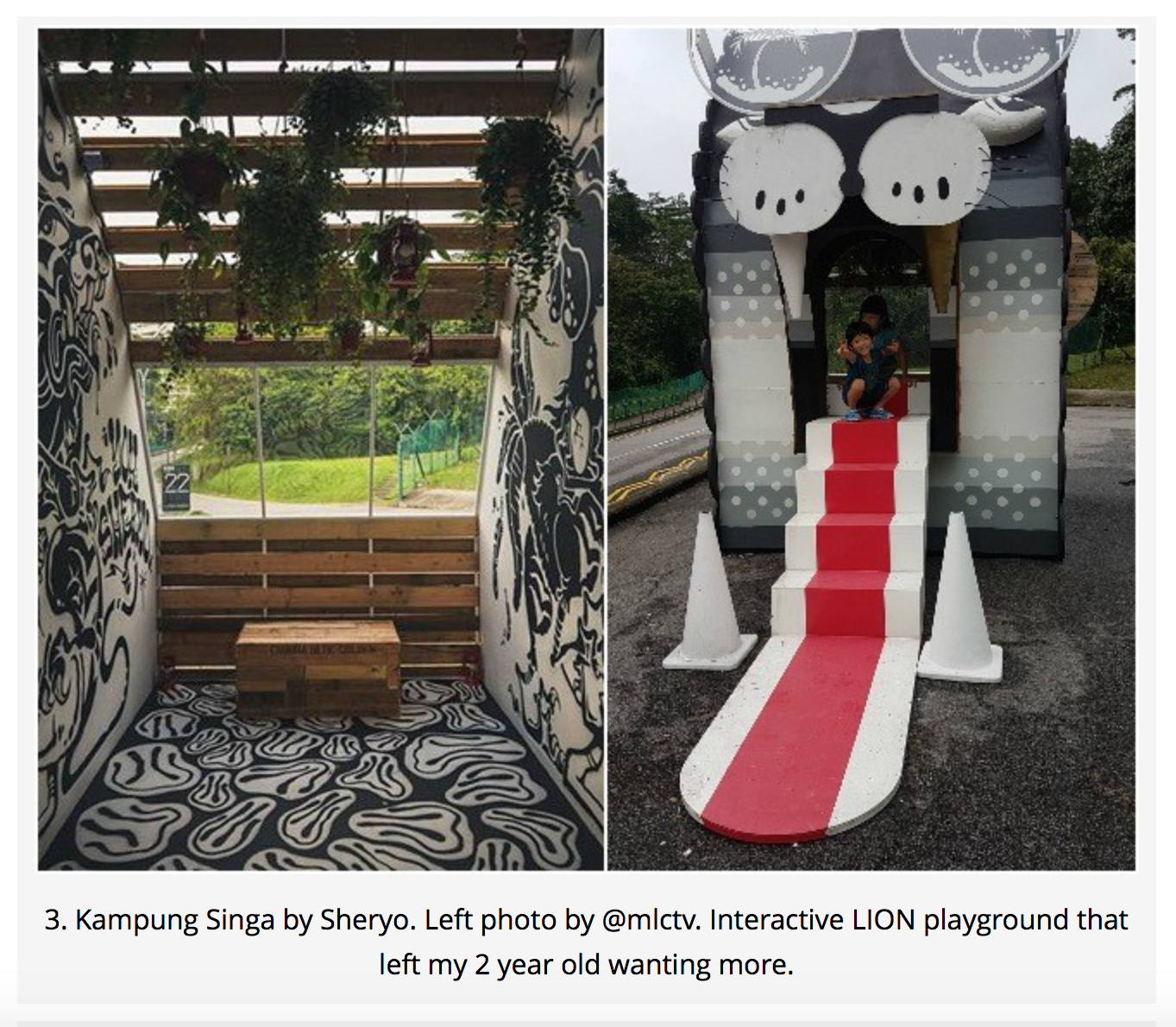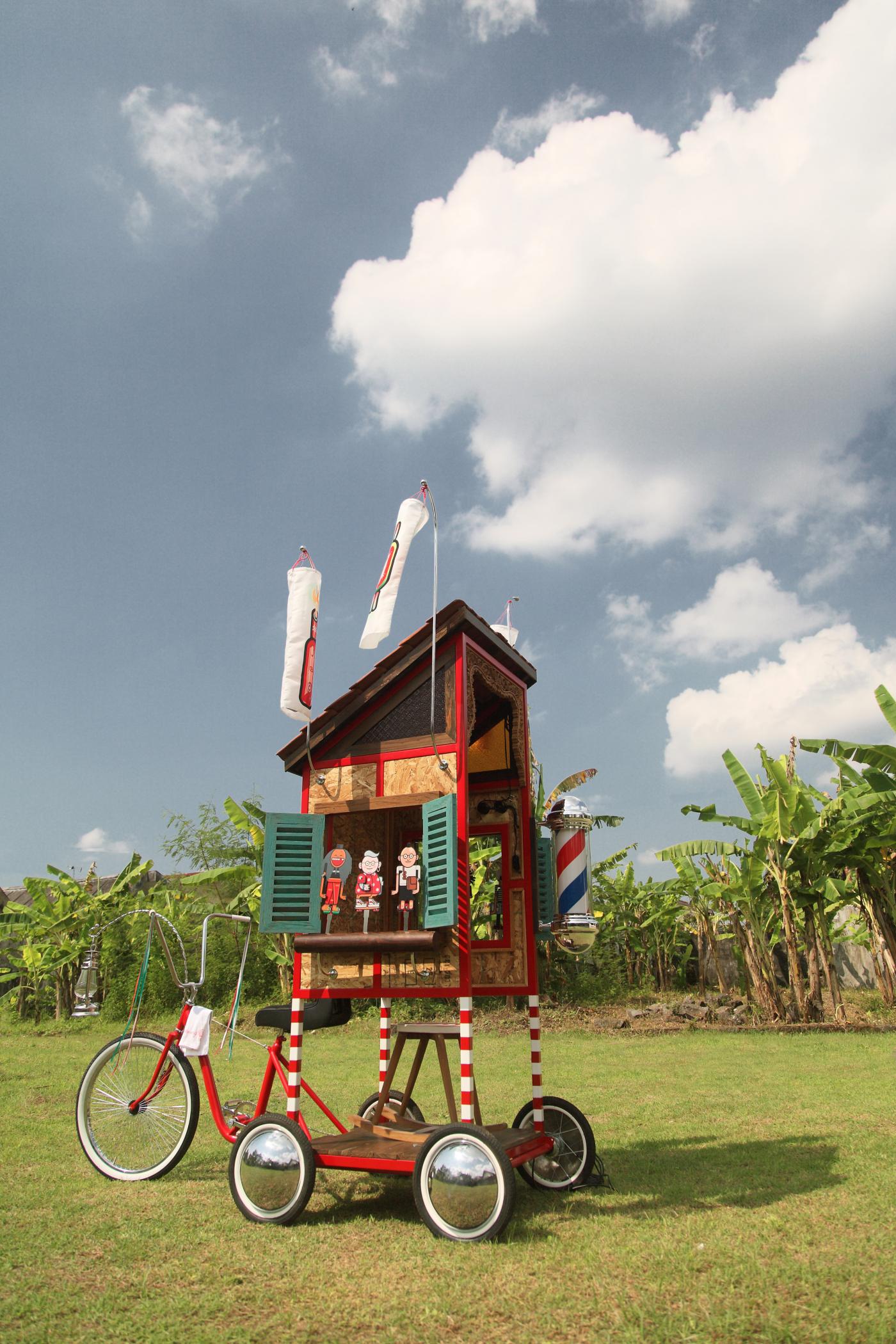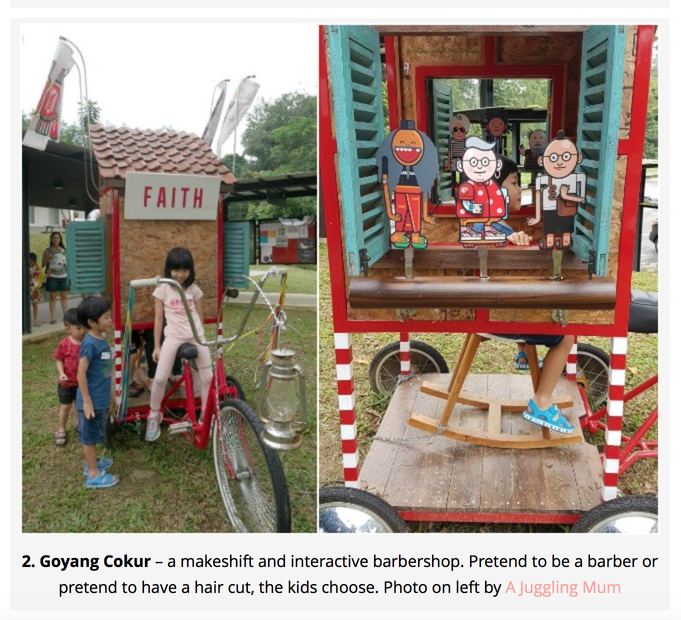I can’t believe year 1 has come to an end! The past semester has been a great learning experience for me. I learnt so much in 4D and I have to say, it really is a journey of self-discovery.
This last project is a culmination of everything I’ve learnt in the past year. In the form of an installation, we were challenged to make use of a specific site in order to construct a narrative (hence the title of the project). We got together and discussed what topic we would like to expand on.
IDEATION ◊ RESEARCH ◊ PLANNING
We did a lot of sharing on drive, and the bulk of our planning was done there.
This resulted in our project proposal.
The week leading up to the installation date, we did not really do much real preparation. We weren’t confident that out proposal would be accepted, and we were already anticipating on changing our ideas. To be honest, I knew that our installation idea had potential and that maybe Ruyi would want us to change just a few aspects to have more of a storytelling aspect. This anticipation made us discuss more about the storyline and fortunately, our idea was accepted.
With less than a week to prepare, we planned on how we were going to go about doing things. This is where my love for planning comes up and I am just in love with the spreadsheet Hwee Ann came up with. I mean, without it I will just waste my time and go about doing things blindly, so I’m very appreciative of the spreadsheets.
◊ STORYBUILDING ◊
The narrative is an important aspect to this installation. What can/would happen on the dining table? As I have learnt from the first project, character building is extremely important in creating believable characters, and ultimately, a believable story. We wanted ours to almost become a stereotypical story, but we properly made sure that the family is real.
Hence, we started off with character profiling. (Due to some miscommunication, I forgot to share the updated file with my friends, but here is the combined version:)
Since we aren’t telling the story in the traditional sense of a narrative, we knew that planning was crucial to ensure flow. The way the narrative would unfold is through the phone/iPad screens of the family members (personal narratives) and through a background audio (combined narratives). This way, we are not only showing the story by itself, but also showing it through the eyes of each character. This we hope could shine light on the characters’ personalities and give a closer look into their lives.
Again, we did it in excel to properly sync everything.
Originally, I felt that the installation should play for longer, at least 5 mins. However, after discussion, I realised that my teammates had a point about having the audience’s attention kept in check. A shorter video would mean the audience wouldn’t get bored easily.
Along the way, Debbie came up with an excellent idea of having a projection on the table that would show viewers the activities each character is going through on their respective devices. This was what I had in mind initially, but dismissed because I’d have no idea how to do it. However, once Debbie said that she has done projection mapping before, I was so elated because it would be a really cool and interactive effect! This was also to facilitate easier viewing for audiences who are in the room but are not using the goggles.
Afterwards, we realised that we didn’t have enough time to properly sync all the apps appearing on the projection table. Moreover, the table’s size didn’t allow for our ideas, otherwise they would appear too small so we scrapped the idea and decided to just show the conversation unfolding in chat bubbles. This was also to identify the characters sitting in which position on the table.
◊ EXECUTION ◊
With all said, we split the work. I focused on creating the goggles, Debbie did the projection mapping on the table and Hwee Ann focused on recording the phones/iPads usage, and editing the videos together. Check their process posts out to find out more from their side!!
They did a really really good job on their parts and although I was hoping to help them out more on the editing side, I faced more challenges on making the goggles than I anticipated. However, I really loved how each of us brought our own strengths and experiences to the table and this I feel is the main reason why we work well with each other and could accomplish this much work in just over a weekend! I am so proud of what we have gone through.
For the goggles, I started making them during one of our meetings. I planned and started making the stands for the devices while Debbie worked on the animation and Hwee researched on how to record phone screens.
For the goggles, I had a specific idea in mind how it would accommodate the audience’s viewing pleasure and comfort. We wanted the viewers to be completely blocked off from their surroundings when looking at each screen, so I thought that simple trapeziums weren’t enough. Hence I designed a googles-attached scope… thing.
And I’m quite happy with the results!
At first I think that Hwee Ann and Debbie expected for me to finish the goggles way faster (which I think so too), but thankfully, they understood when I faced some challenges and trusted me with the creation of the goggles. Thanks guys!
Another thing we did was sourcing the props for the installation. The ultimate musts were the table, chairs, dinnerware and goggles/stands. With the goggles done by me, and dinnerware provided by Debbie, we decided to source for tables and chairs in ADM so that it would be easier to set up.
Wonderful tables all around ADM, but this baby hidden underneath stacks of paper in the drawing room was the winner:
We found 3 chairs that were perfect with the table. And for the baby chair, thanks can 2.
Other chairs that didn’t make it through elimination. Better luck next time, folks!
Immediately, we tested projection by covering the table with white mahjong paper and tilting it to gauge the distance needed between the projector and the table.
Since we had a normal sized projector, we started thinking of ways to mount the projector on the ceiling. We were quite innovative and thought of using a mirror to reflect the projection downwards while the projector is horizontal. However, after some testing with Hwee Ann, we realised that the size would be a problem. After Facebook calling Debbie who was at home working on the After Effects for the projection, we decided to try and hang it up anyways.
For sounds, Debbie went to visit her friend Celeste, who has a family and is currently pregnant! She recorded their voices as the mother and father, and Debbie herself acted as the teenager. We also recorded all the ambience and background sounds in school. From chewing sounds, to footsteps, chair dragging, and cutleries clinking. Overall, I think that Hwee Ann really did a good job in combining the sounds recorded to create a realistic dining room sound.
With the sound recording done and the mixing of the main background audio, it was easier to edit the individual videos and projection based on it so that everything would be synced.
Needless to say, it was hard work to put up the projector. We tried to be ingenious by hanging the projector in a bag with raffia strings, but right when we managed to get the projector in, it DIED on us. And the bulk of our set up was just to get the projector up.
We changed strategies and with a newly loaned projector from Nevin, Mark, Brian and Nasya’s group (thanks guys omg), we tried using the mirror method, which worked because this projector’s projection was larger! Truly a blessing in disguise. Afterwards, the bulk of the work was reediting the table projection to fit the table and to edit the videos and sounds.
The projection had to be edited to fit the table set up. (And yay here are how the finished goggles look like)
After a long night during which I died for maybe an hour or so, we managed to pull through and while Hwee Ann and Debbie finished up the videos, I sourced for more things from the drawing room to set up our space. I felt that there was too much empty space since the table had to be under the projector, so I made use of existing furniture to create a living space.
Us transporting props from the drawing room to 2-19
Here’s a behind the scenes of the set up:
Check out our final product in my final post!
Here are the screen recordings for the devices:
Baby
Dad
Emily
Mom
Table Projection Mapping
◊ REFLECTION ◊
I feel very accomplished and am really happy that we pulled through this project.
On hindsight, we could have started earlier and went on with some parts of the project while waiting for the consultation with Ruyi, so that there were concrete things to comment on. We could have also improved more if we did this.
However, I also feel that we did a really good job despite the stress and pressure. We acted calmly, planned well, and overcame each hurdle step by step together. I also feel that we’ve conquered the installation and managed to address each aspect of an installation, from changing the audience’s perception of the space to taking note of how the audience interacts with our installation. I also feel that we have really put what we learnt this semester to good use. From crafting a believable story through character profiling, pursuing topics that relate to us so that we can tell authentic stories, to sound design and placing importance on the relationship between audience, artwork and artist.
I’m really thankful for this semester. I’ve learnt a lot about my weaknesses and what I have potentials to improve on. I’m also very inspired by my classmates’ works and I’m motivated to do better and better. Thanks to Ruyi and my classmates for a very fulfilling semester in 4D! I hope to use whatever I’ve learnt this sem for the future!
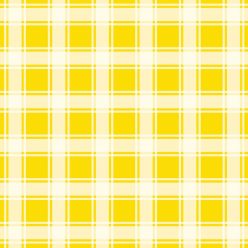
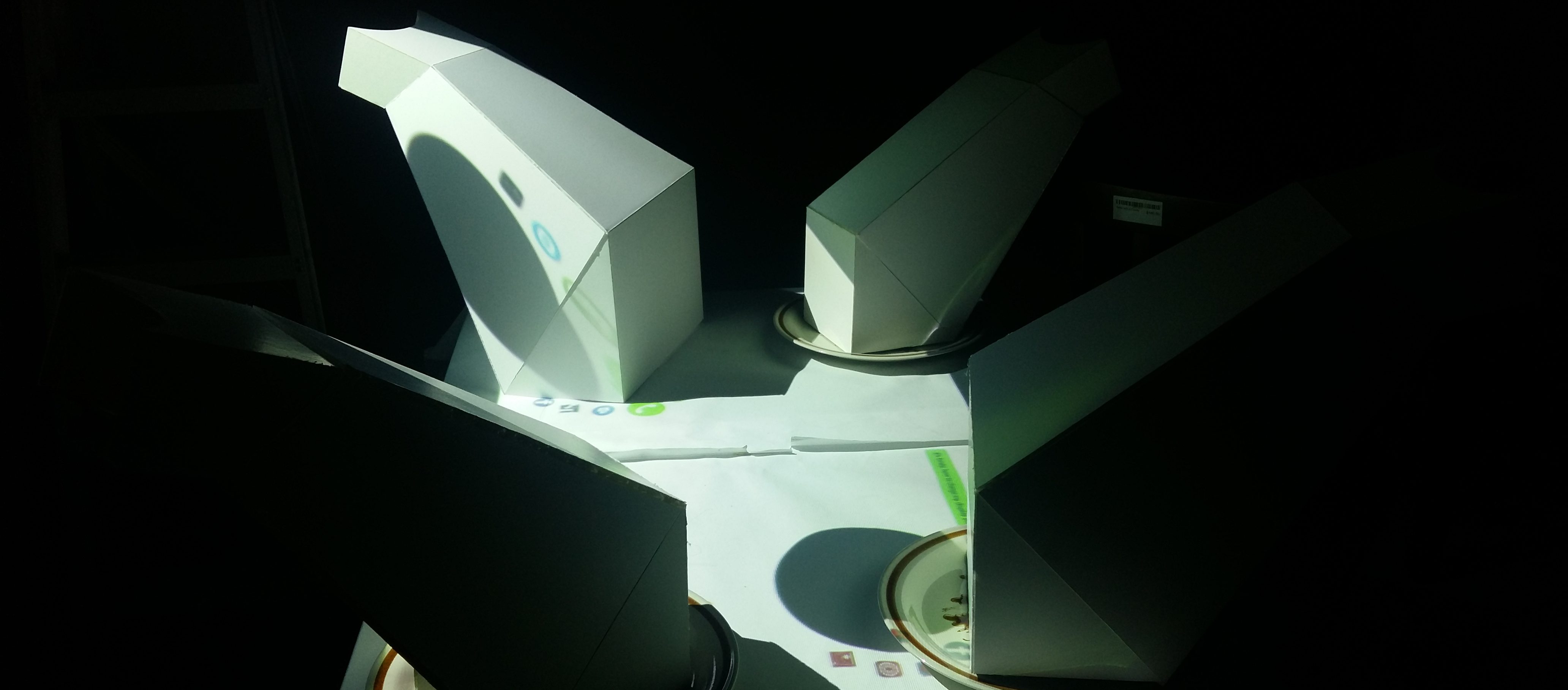
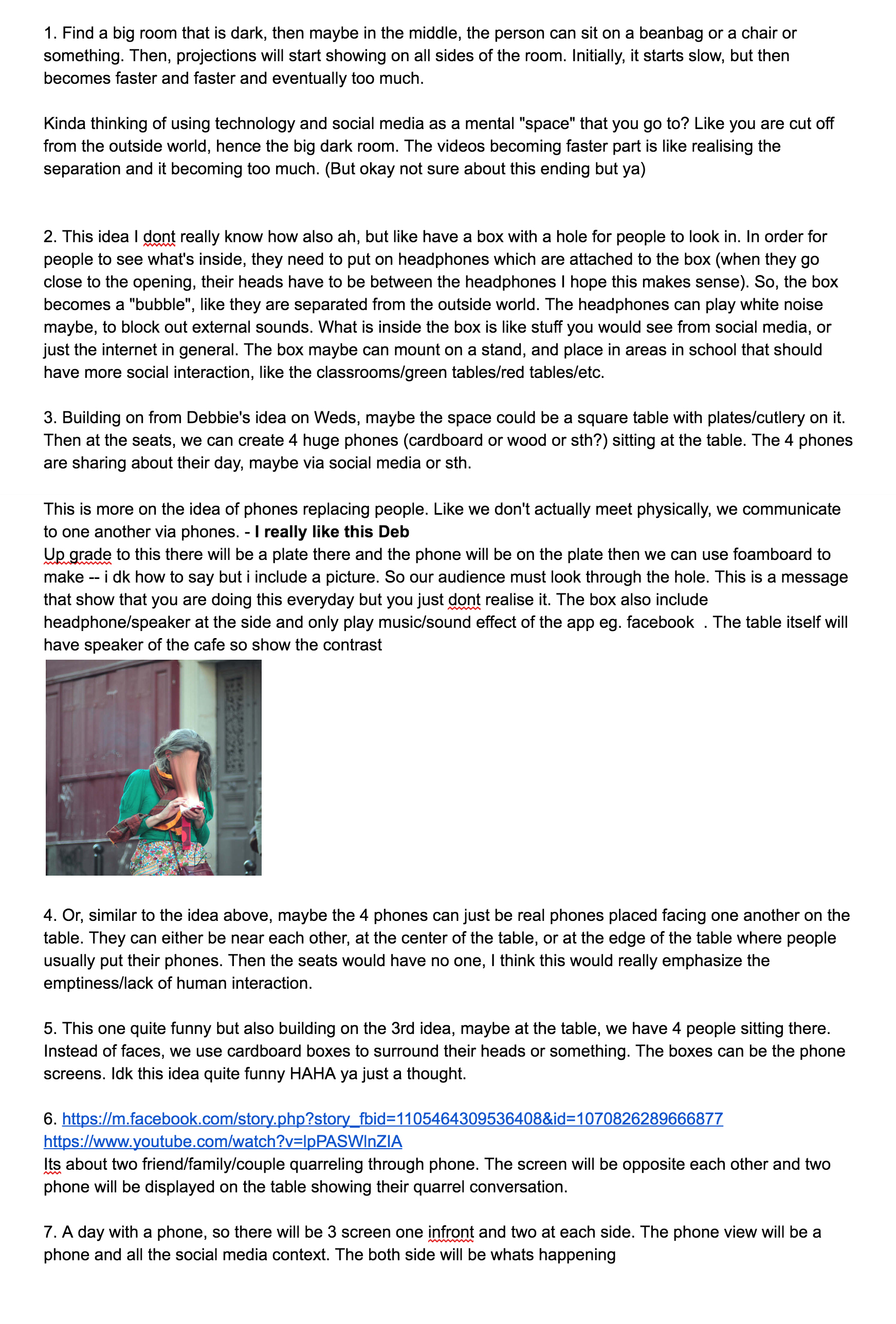
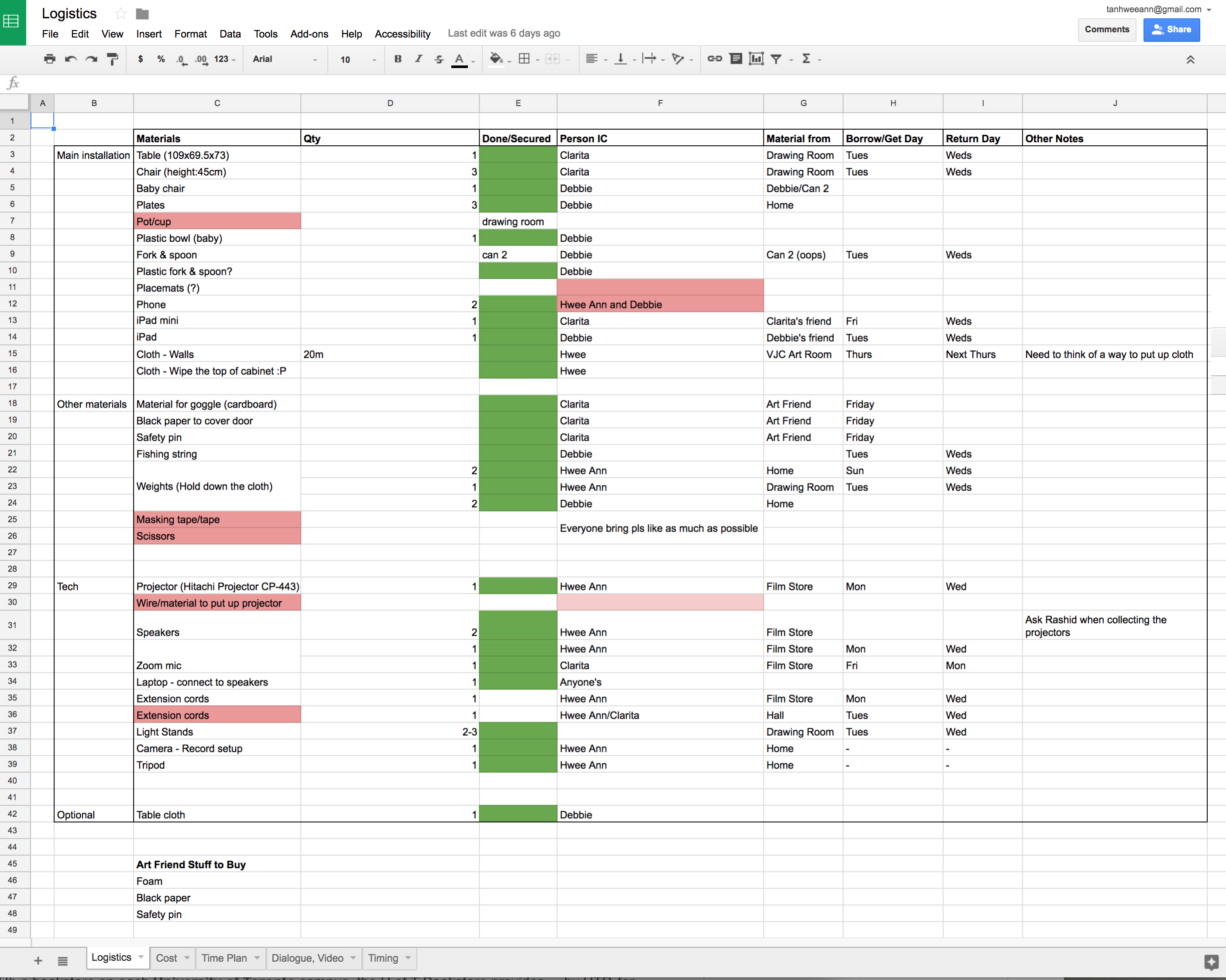
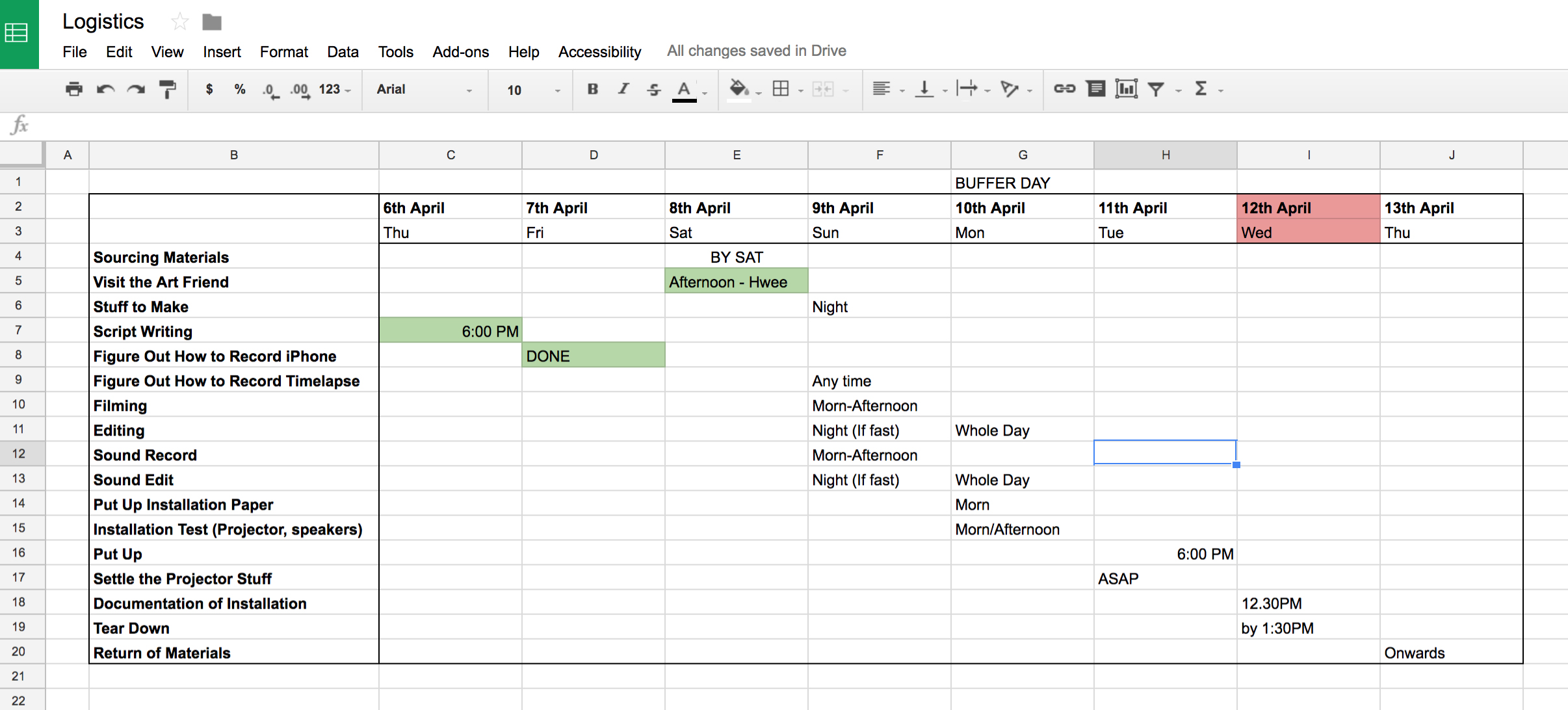
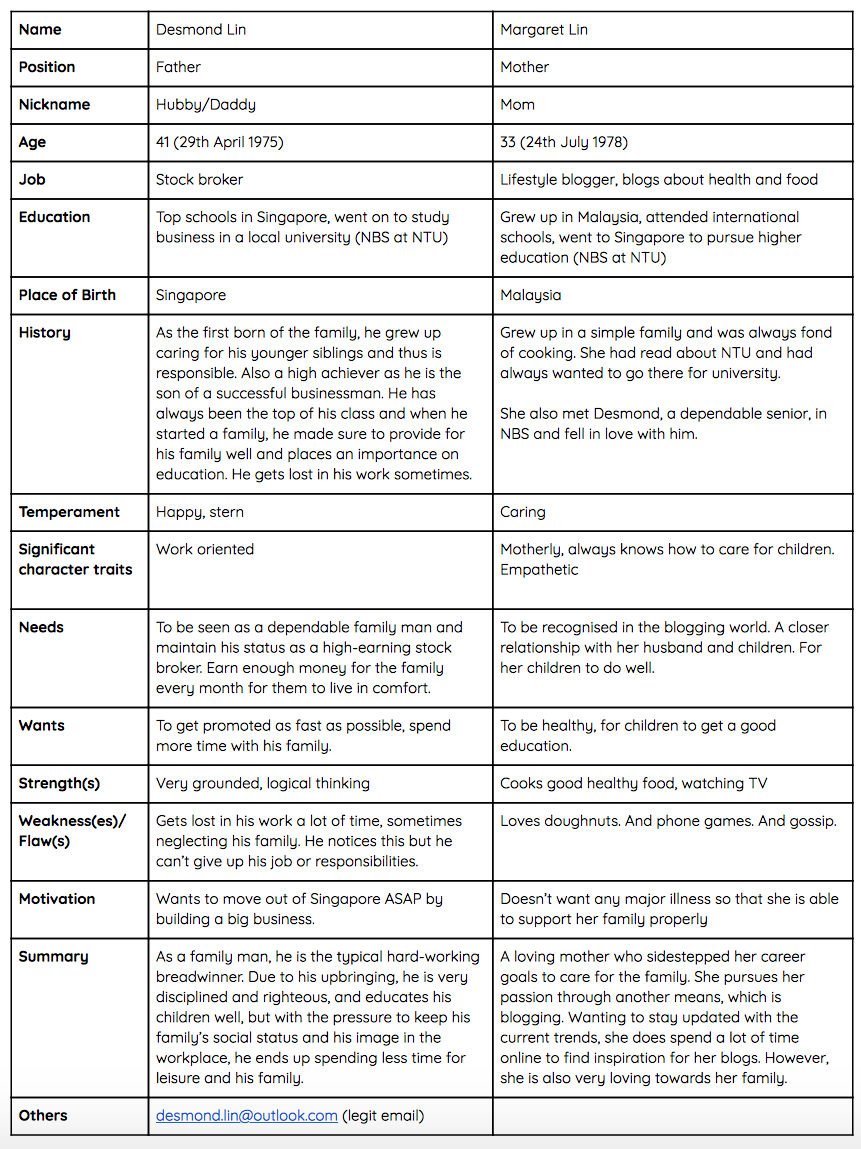
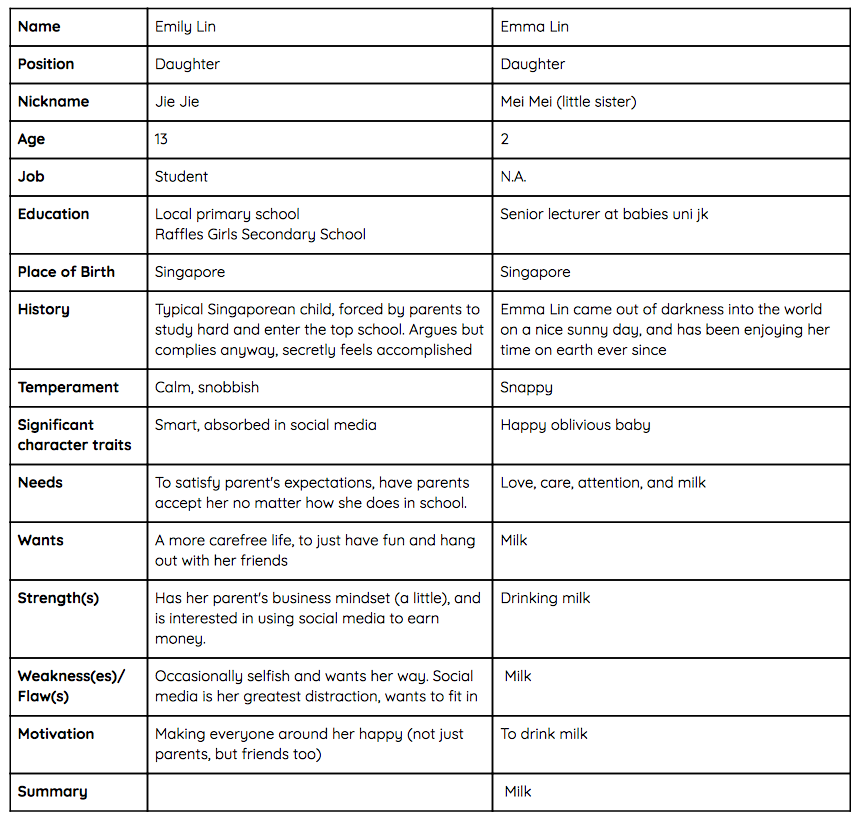
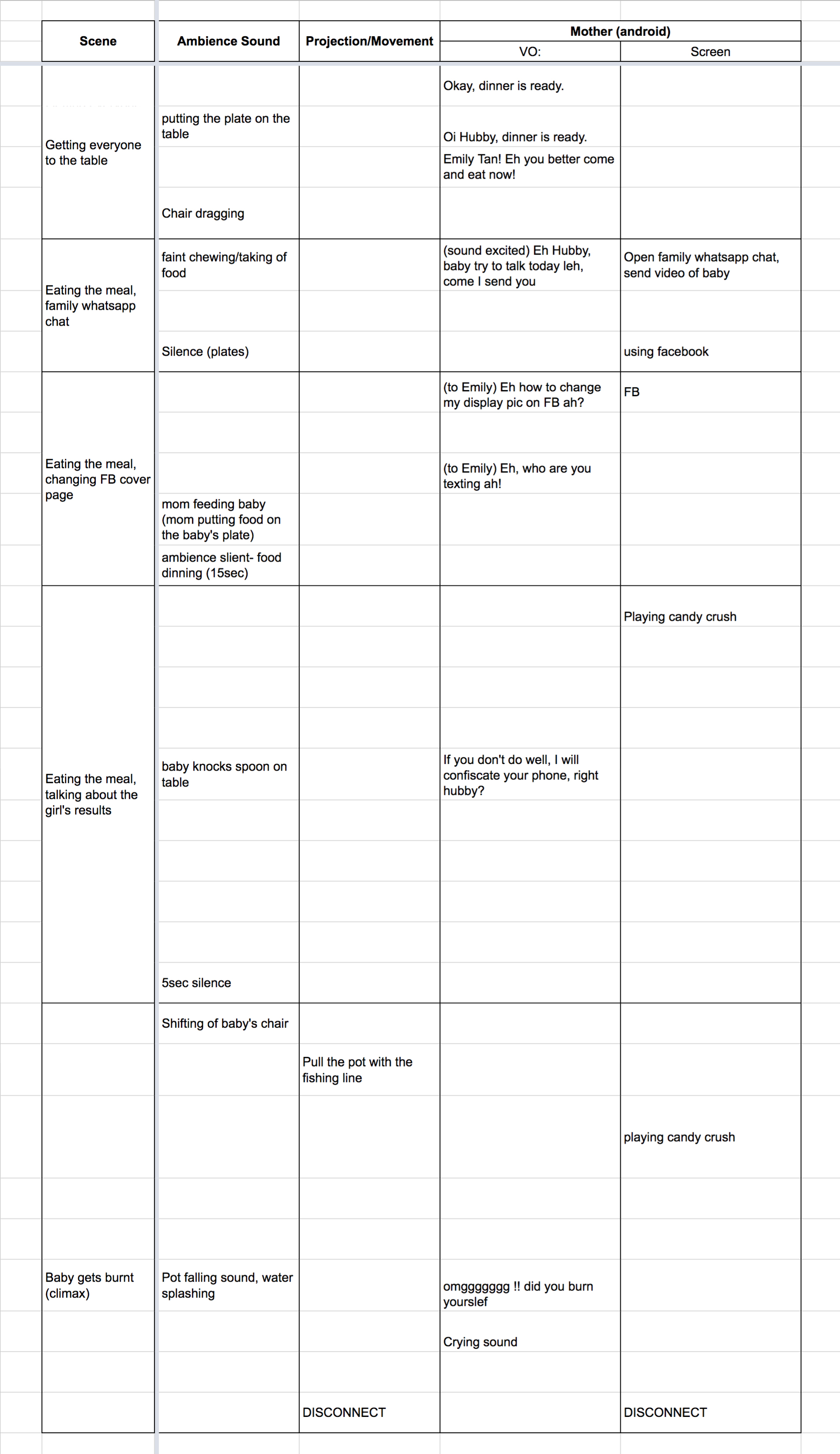

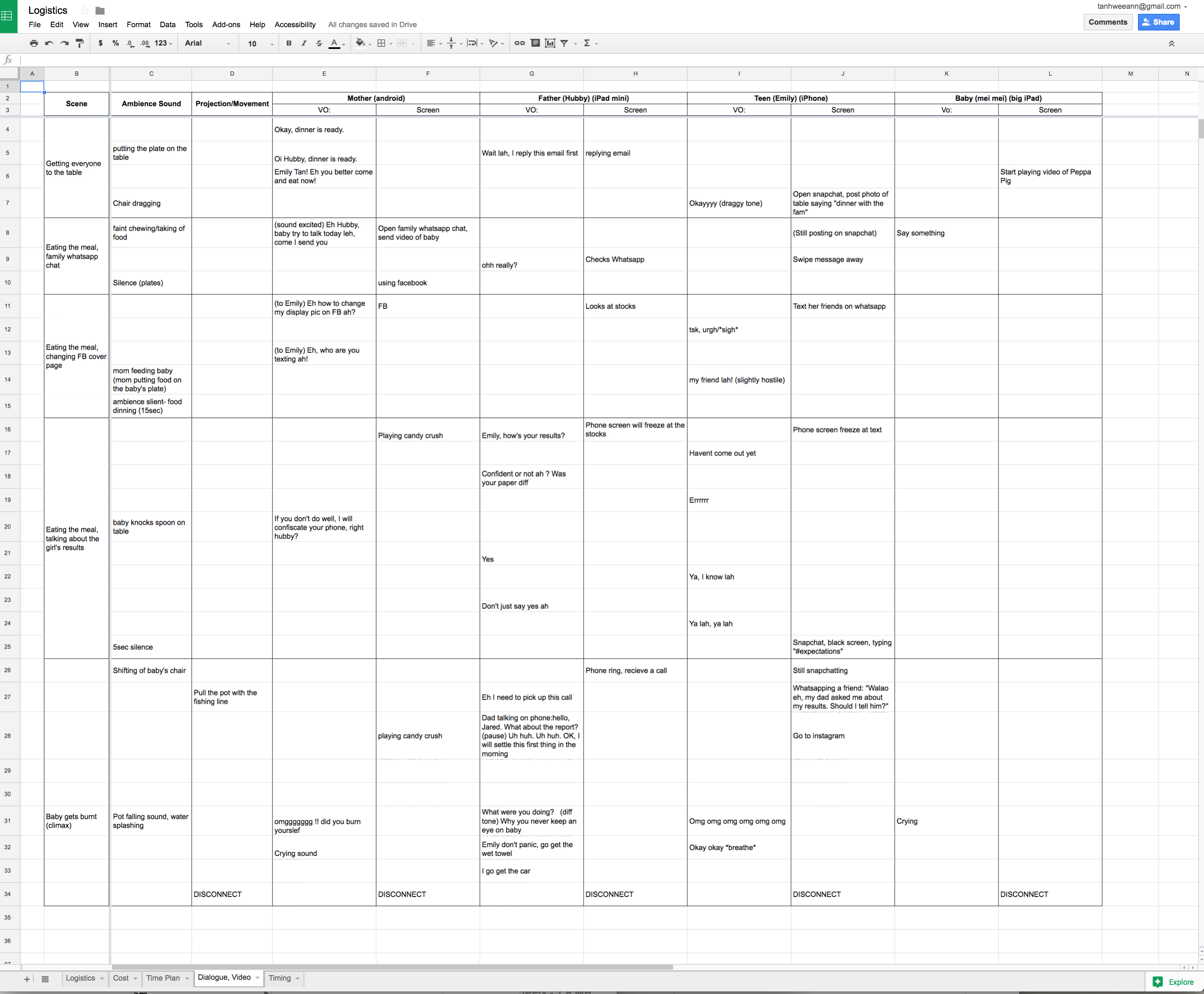
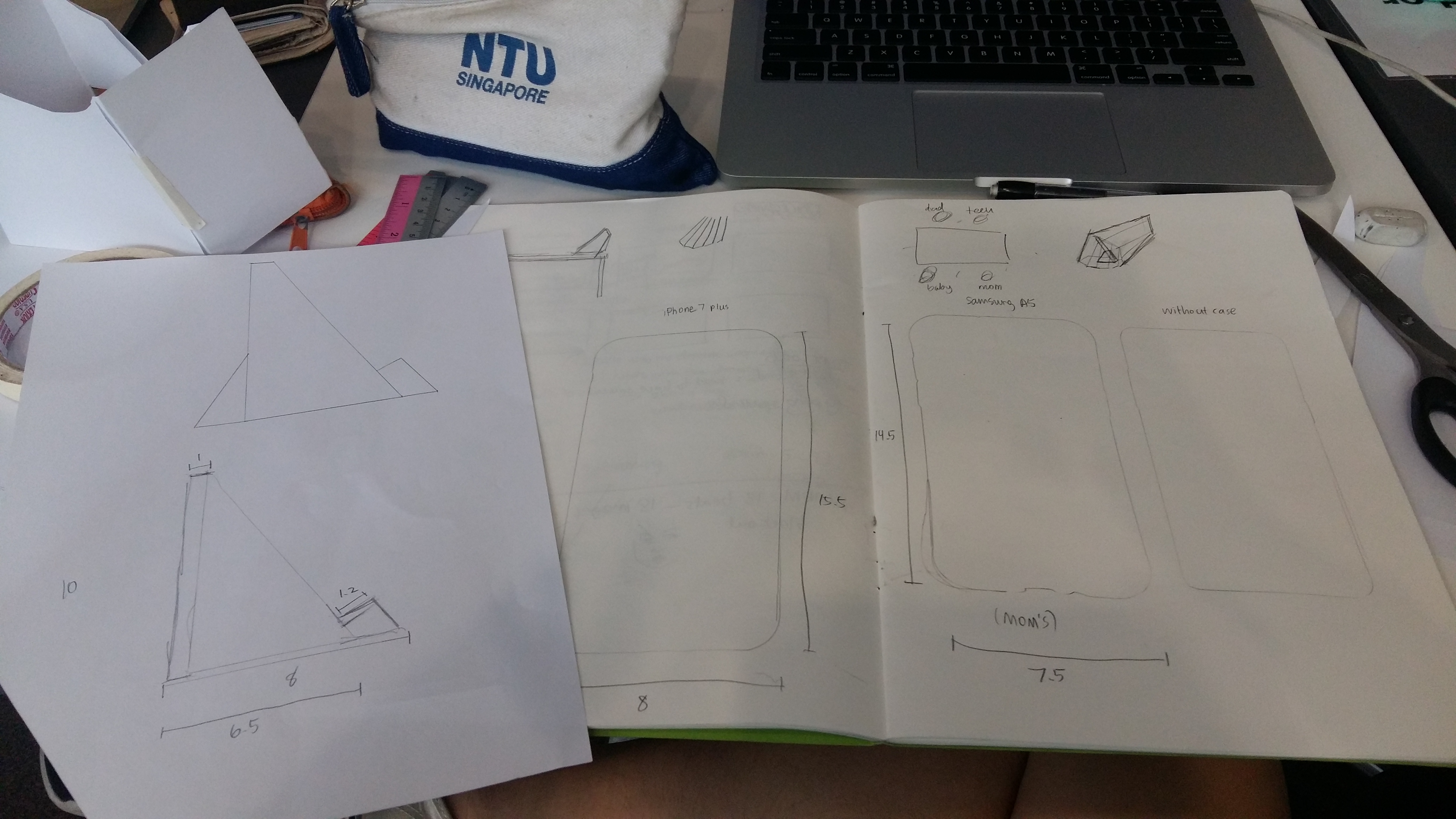
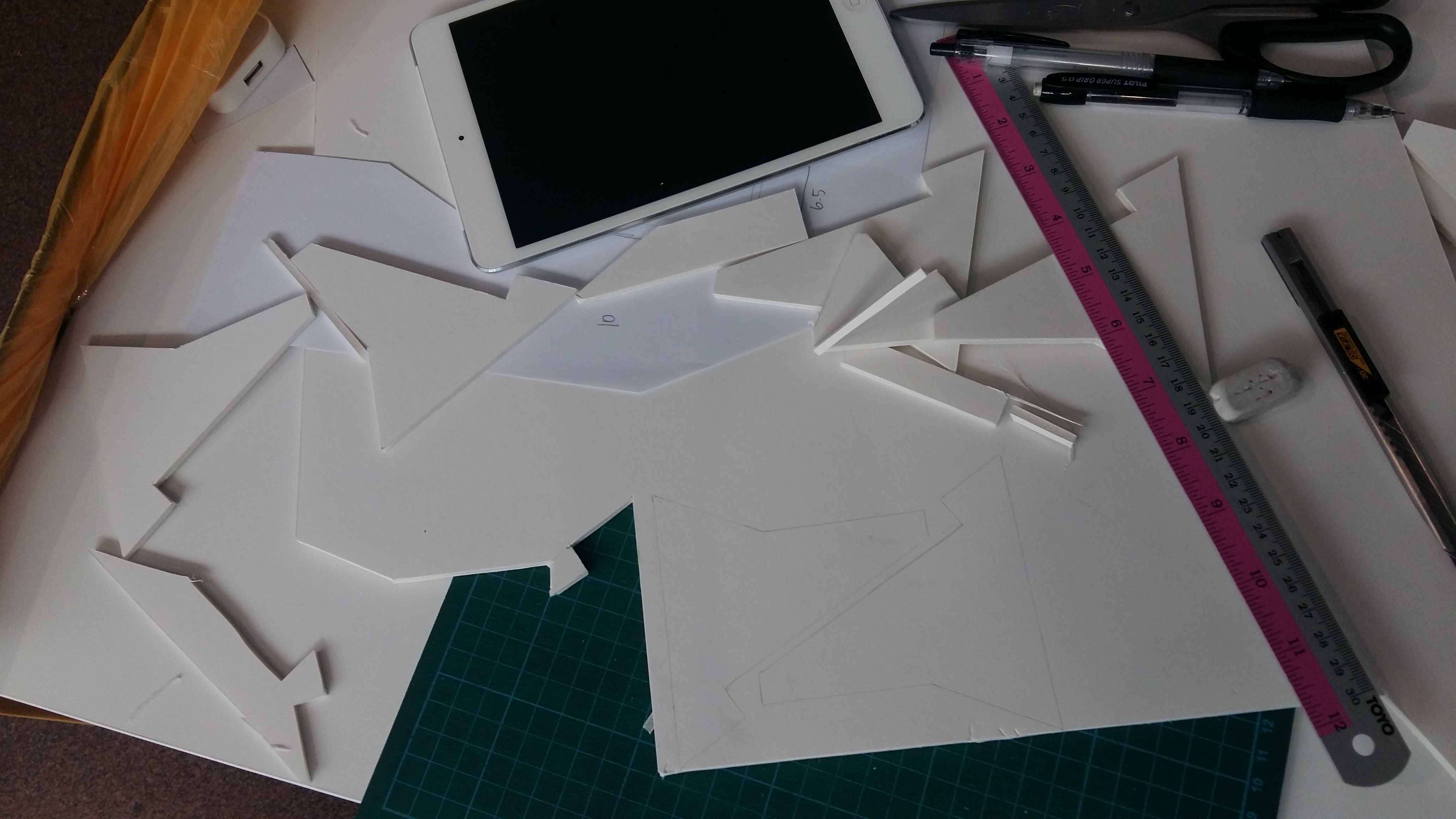

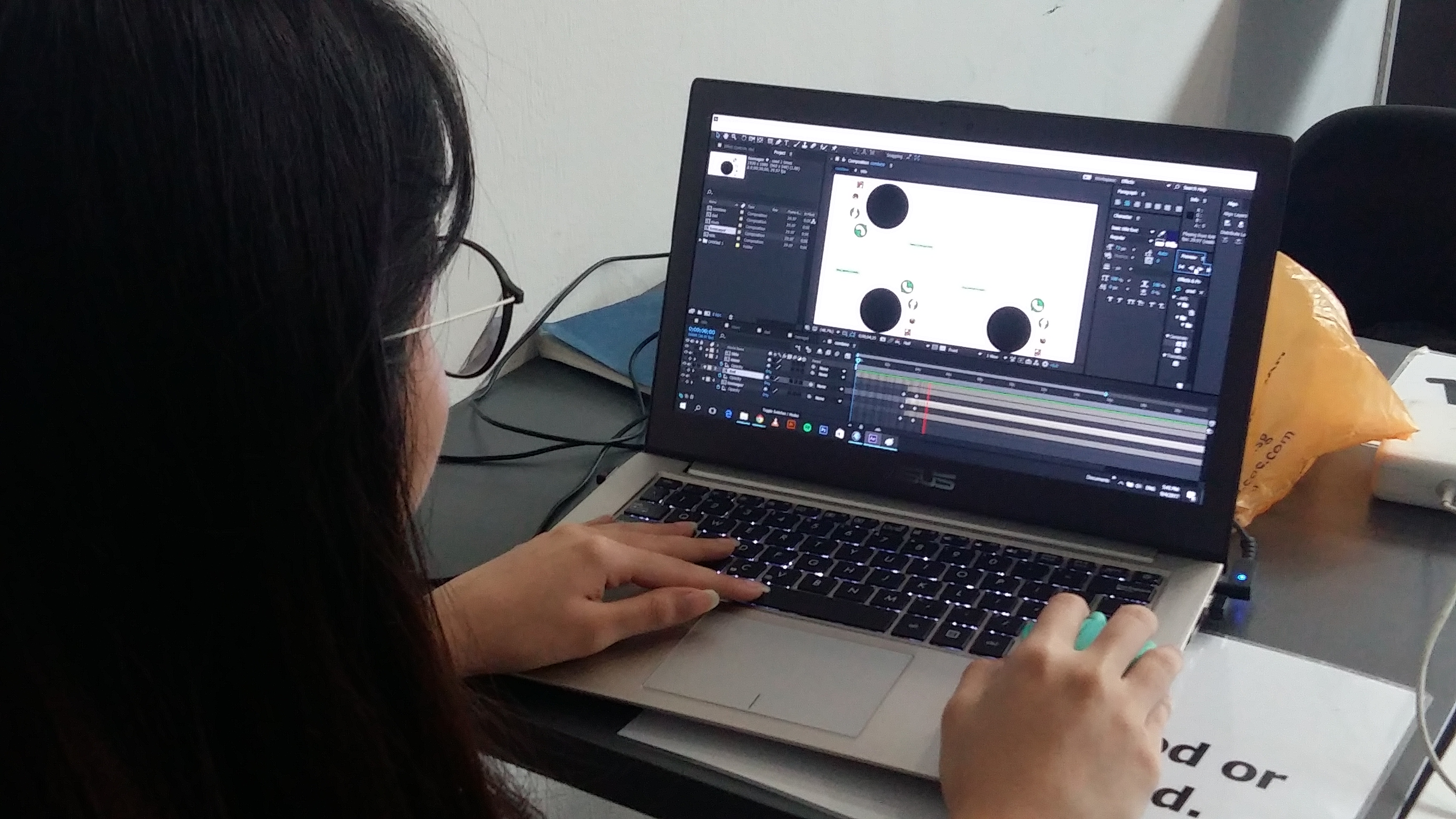
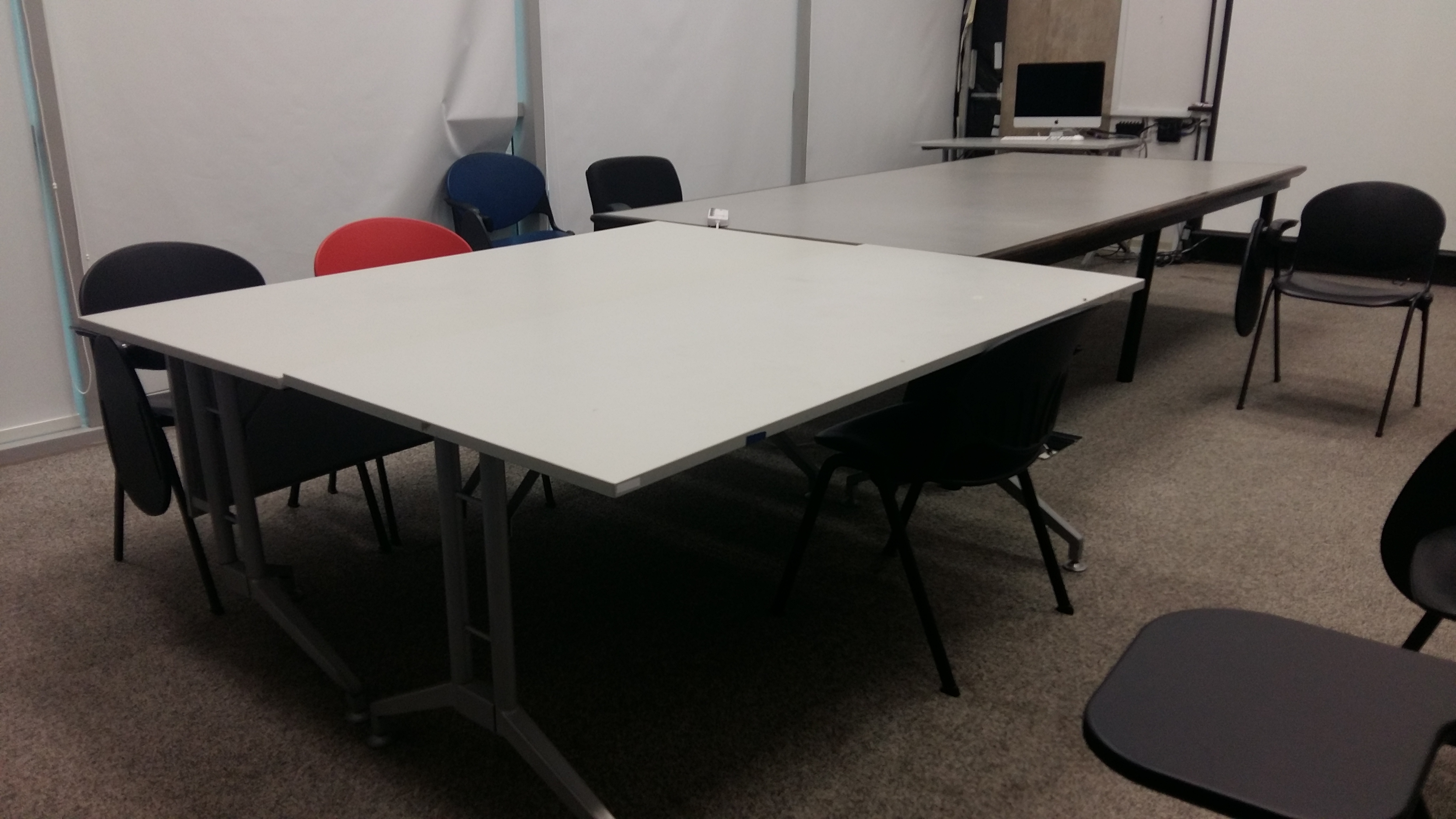
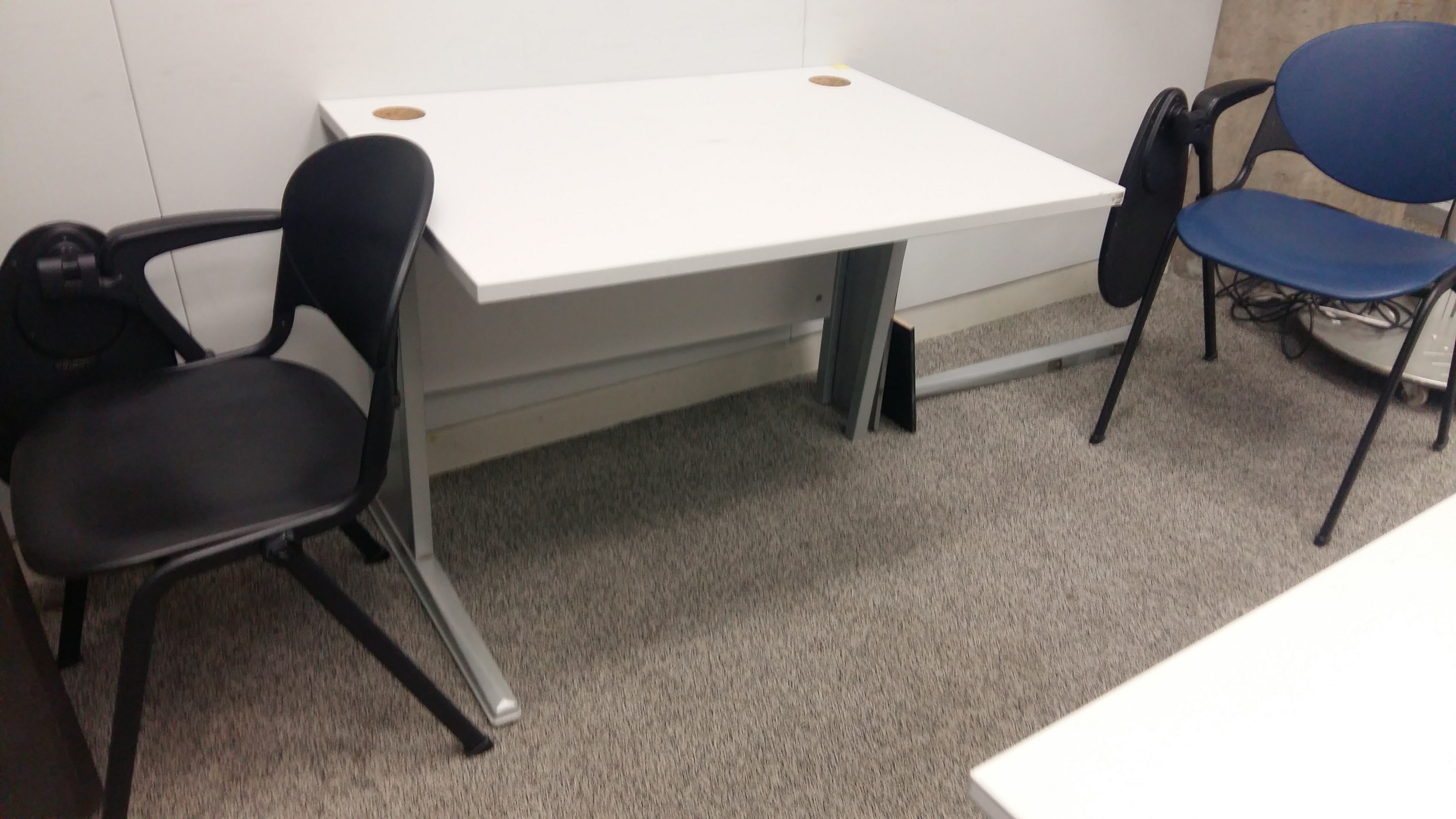
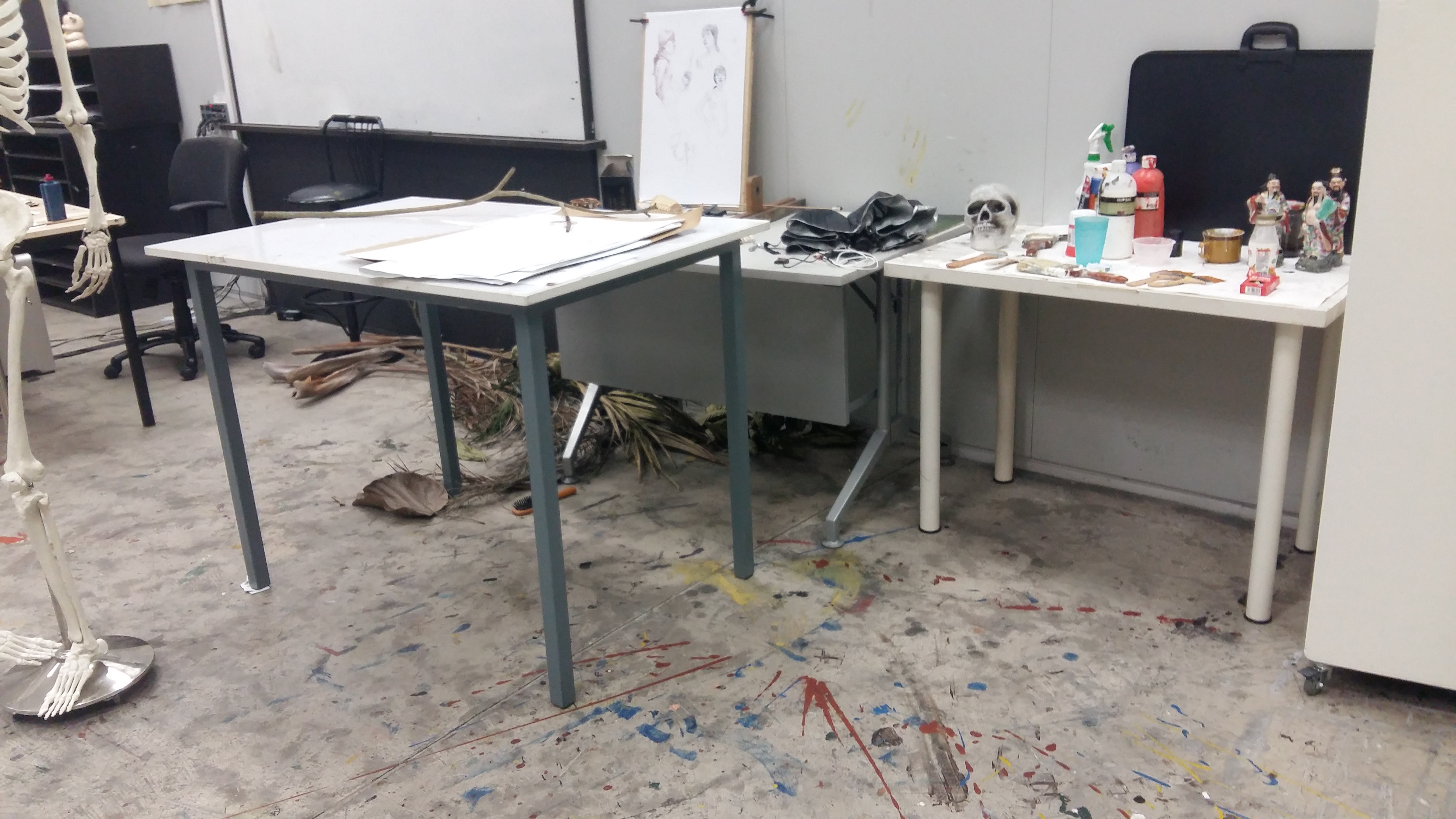
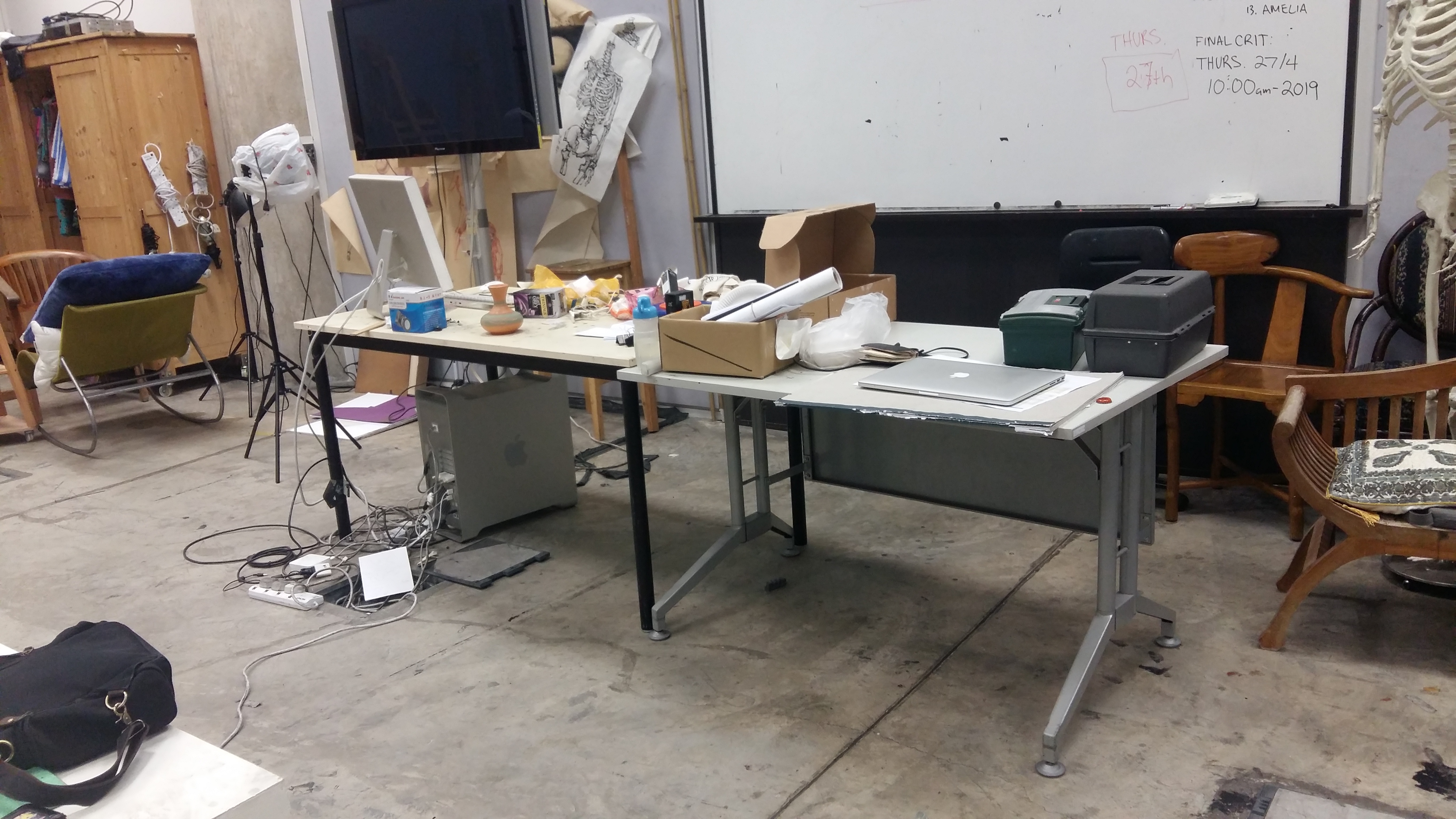

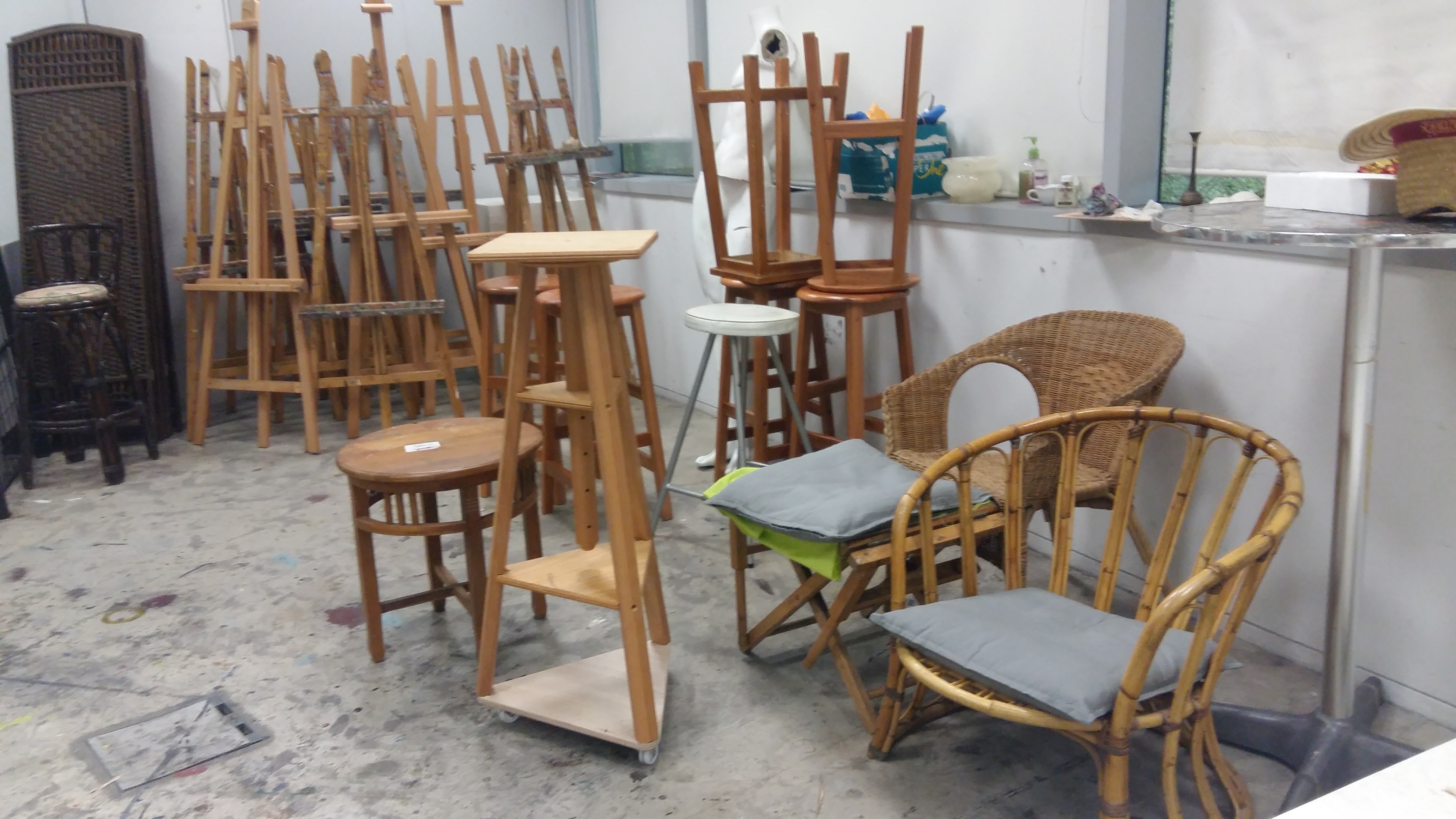
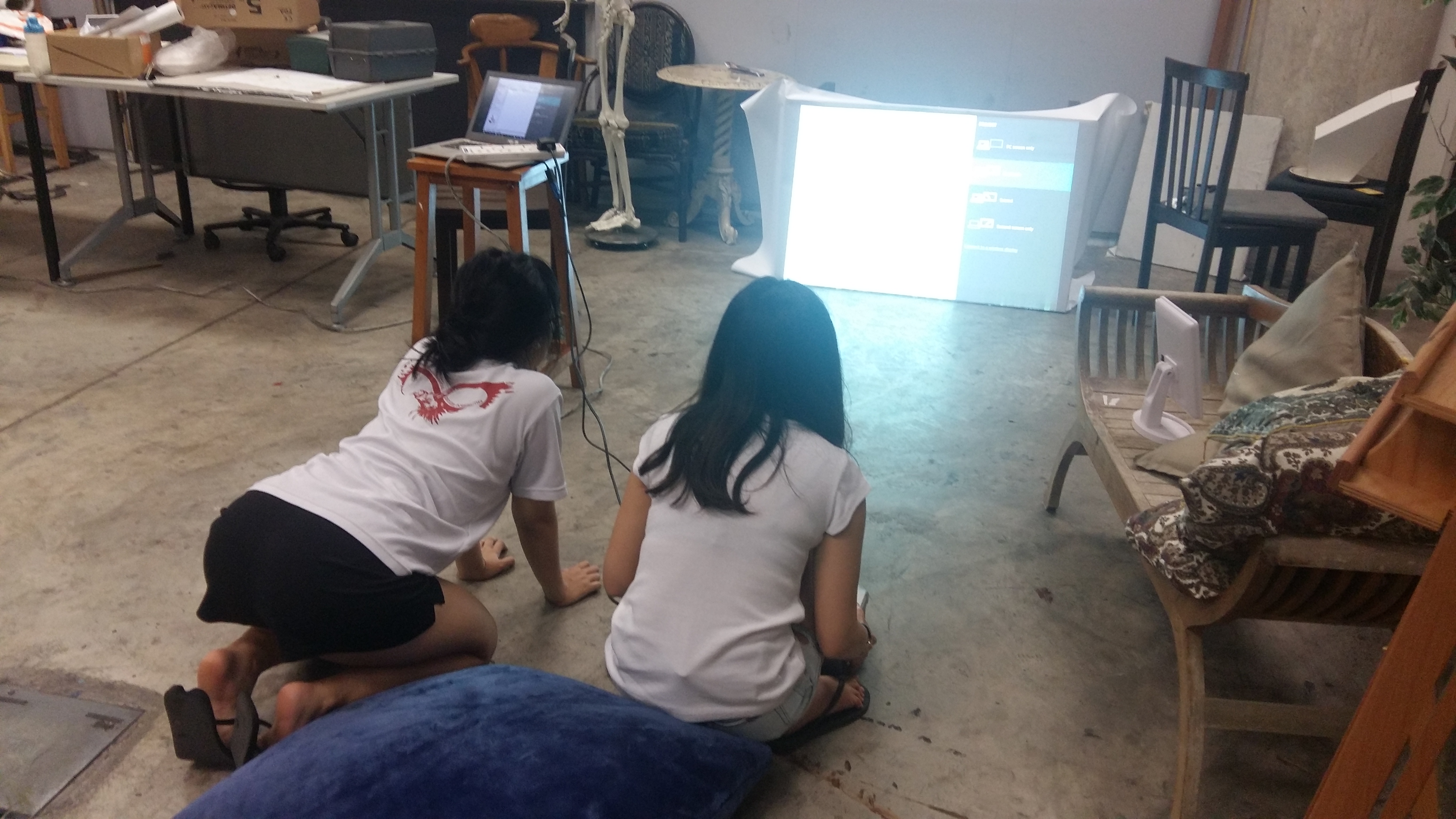
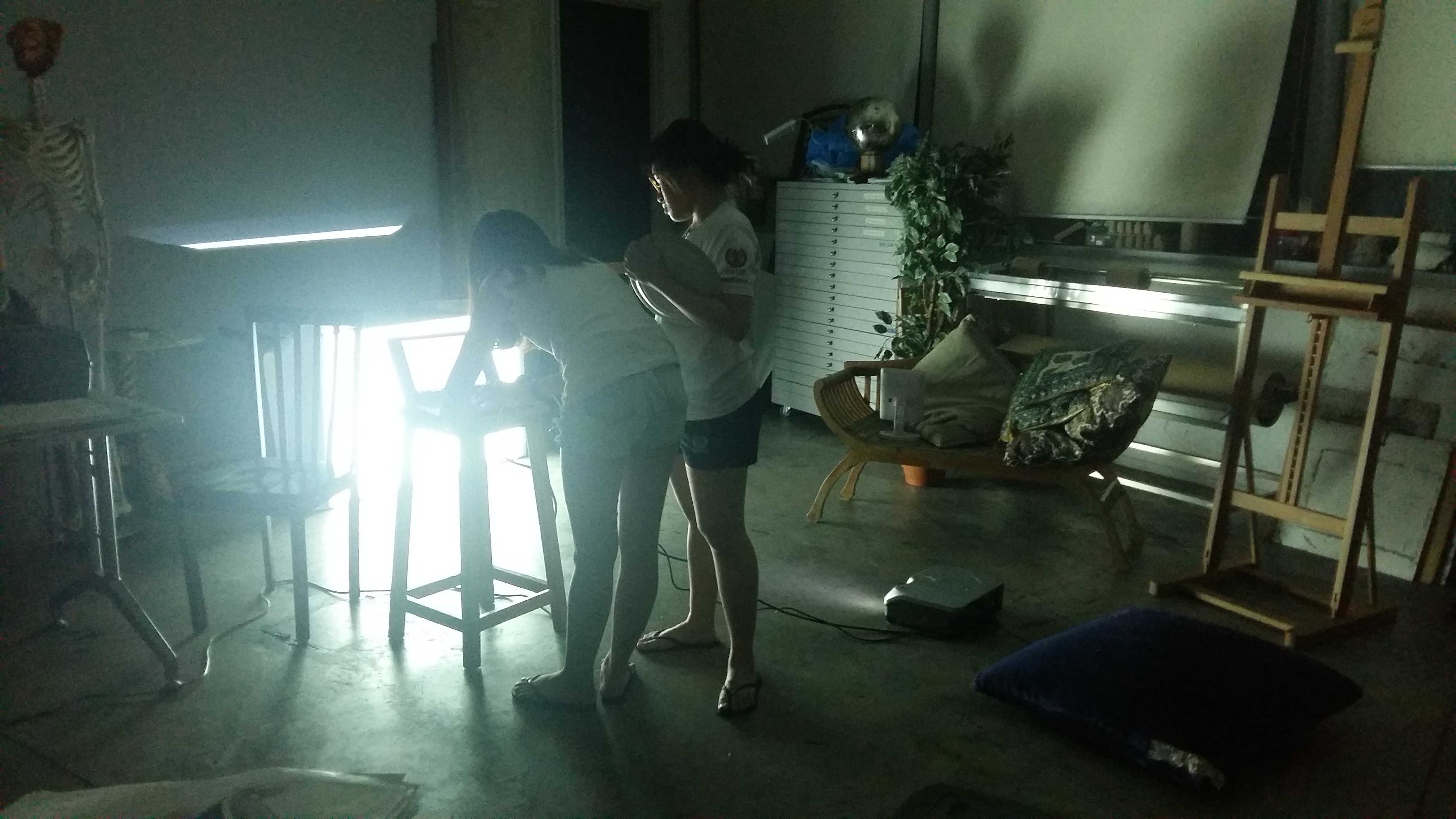
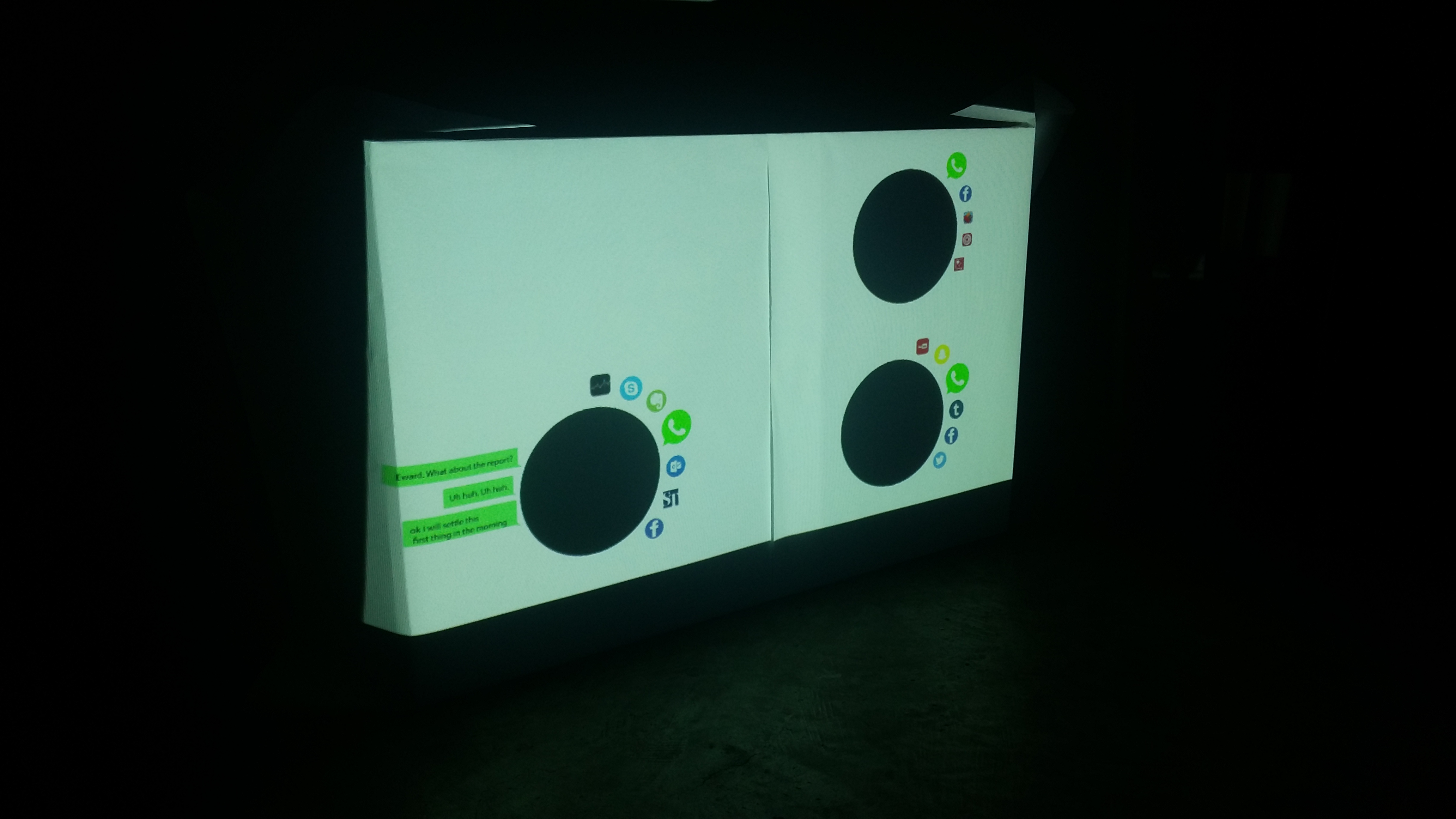
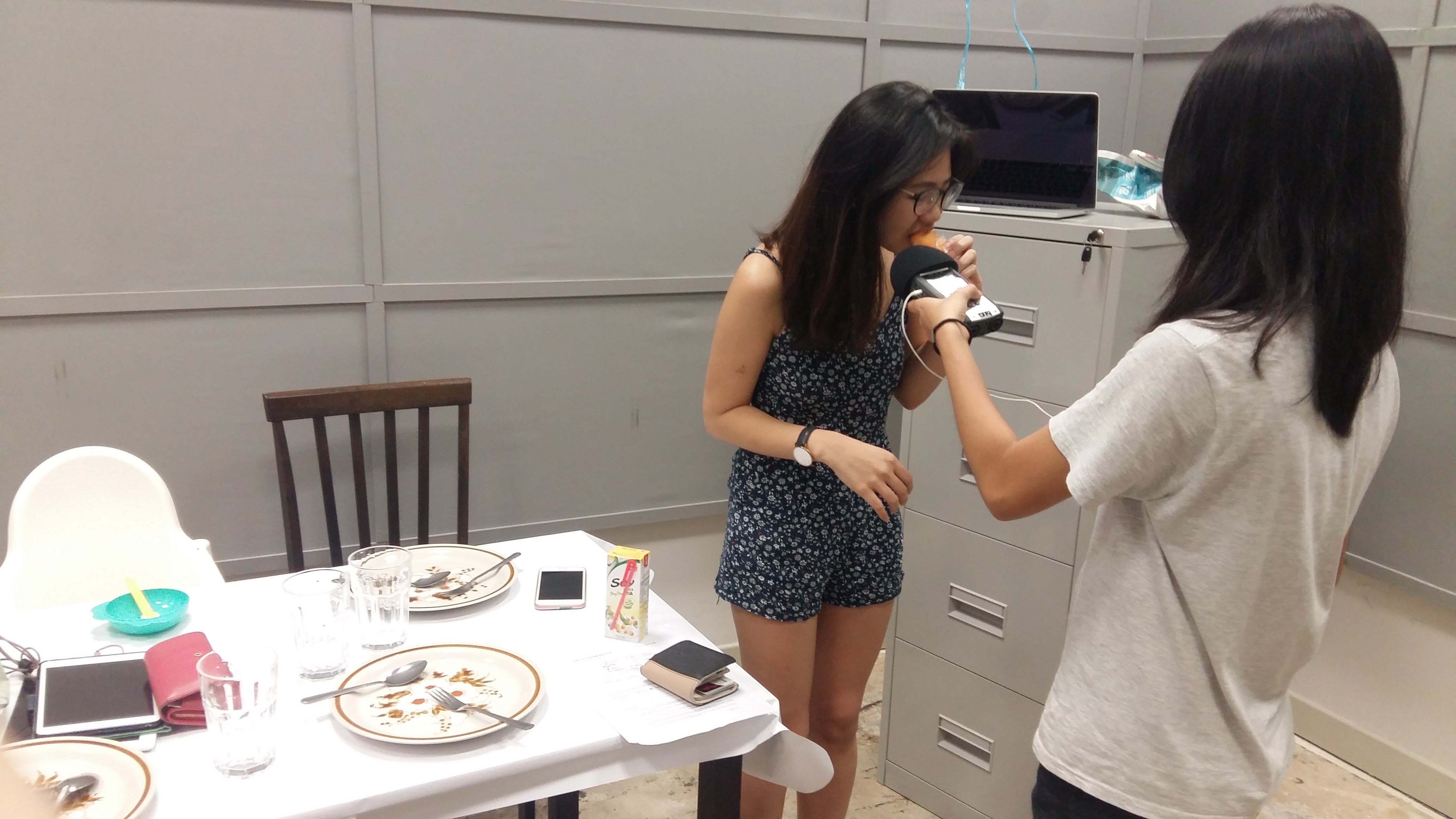
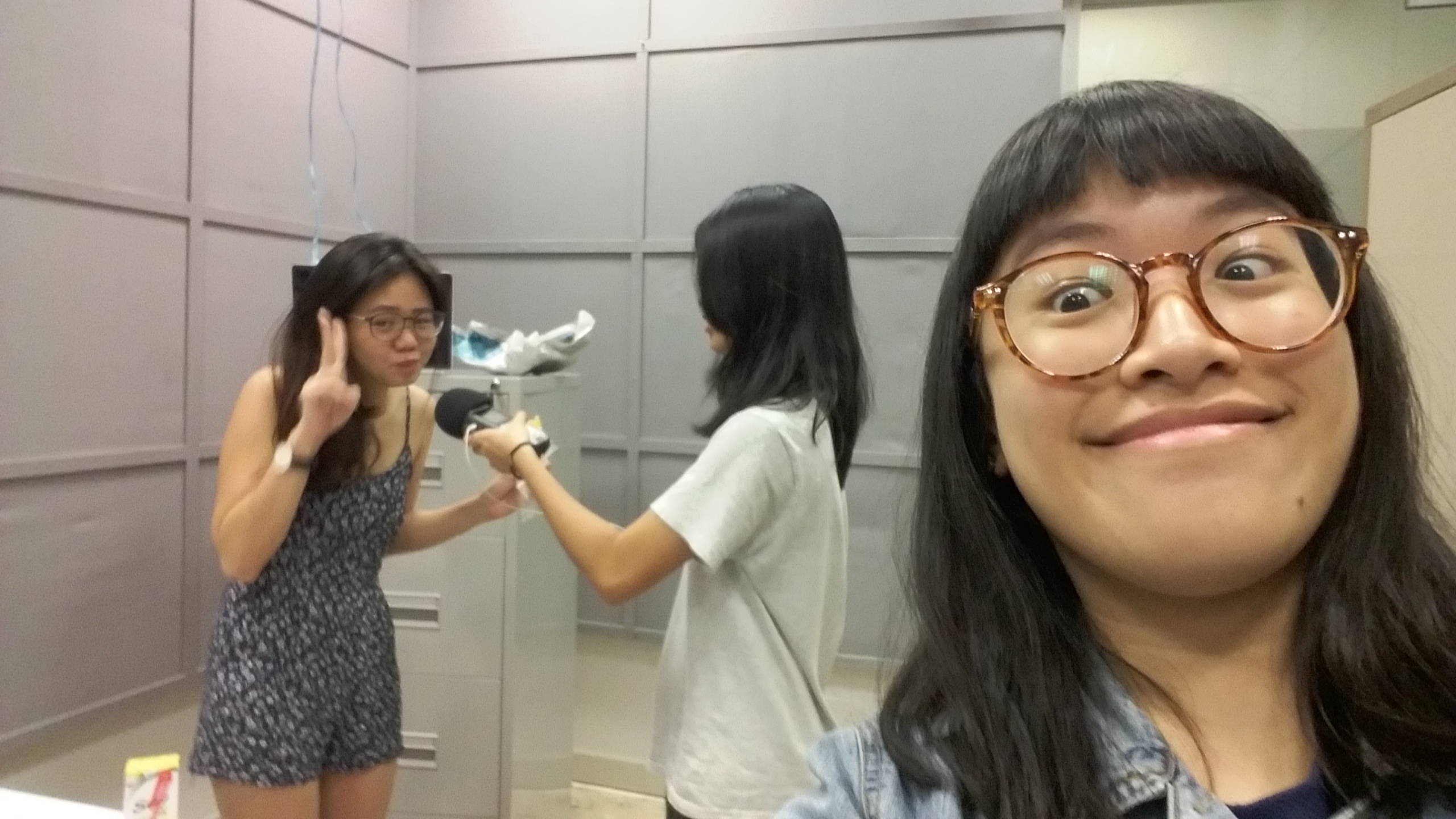
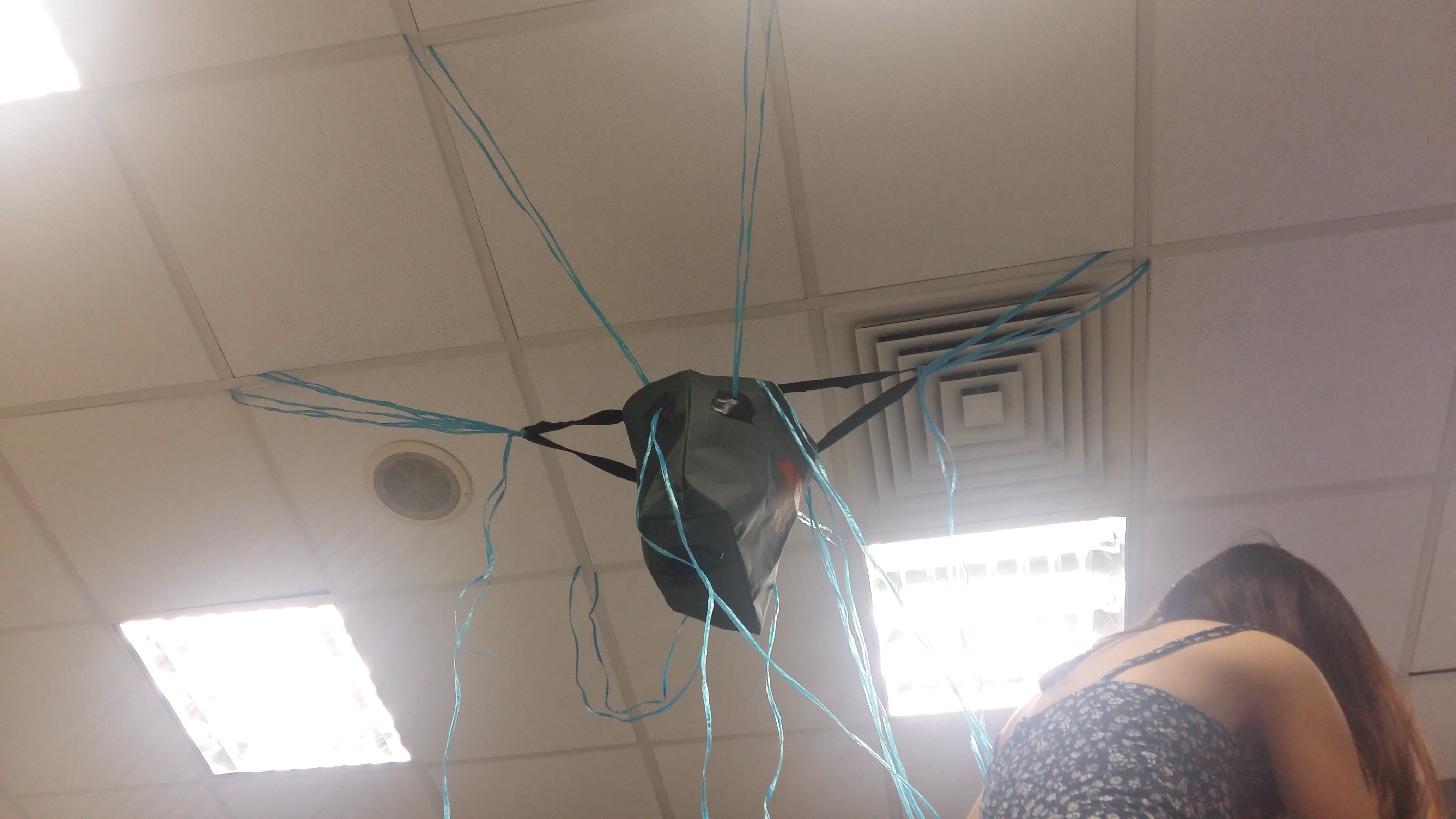
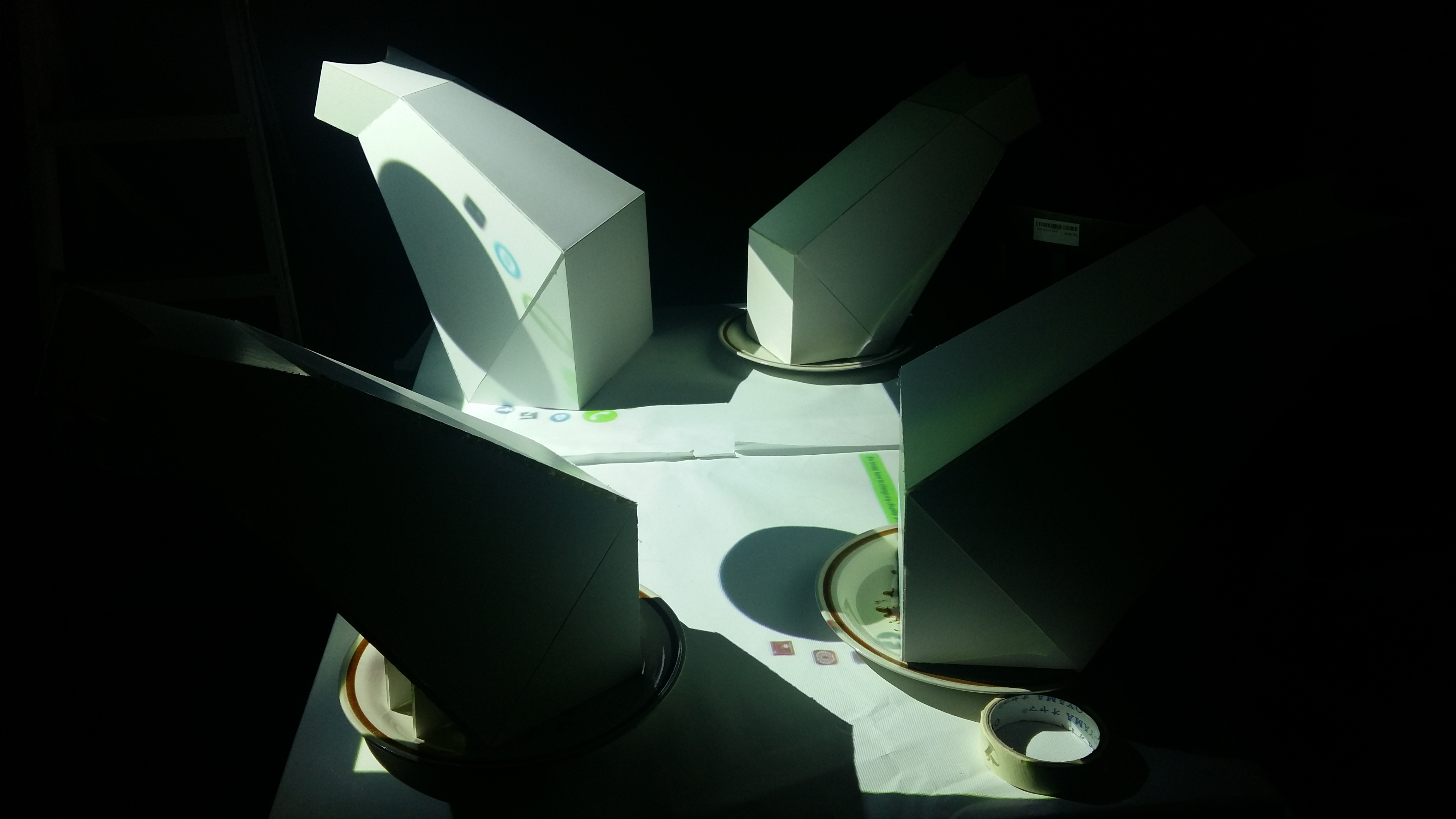
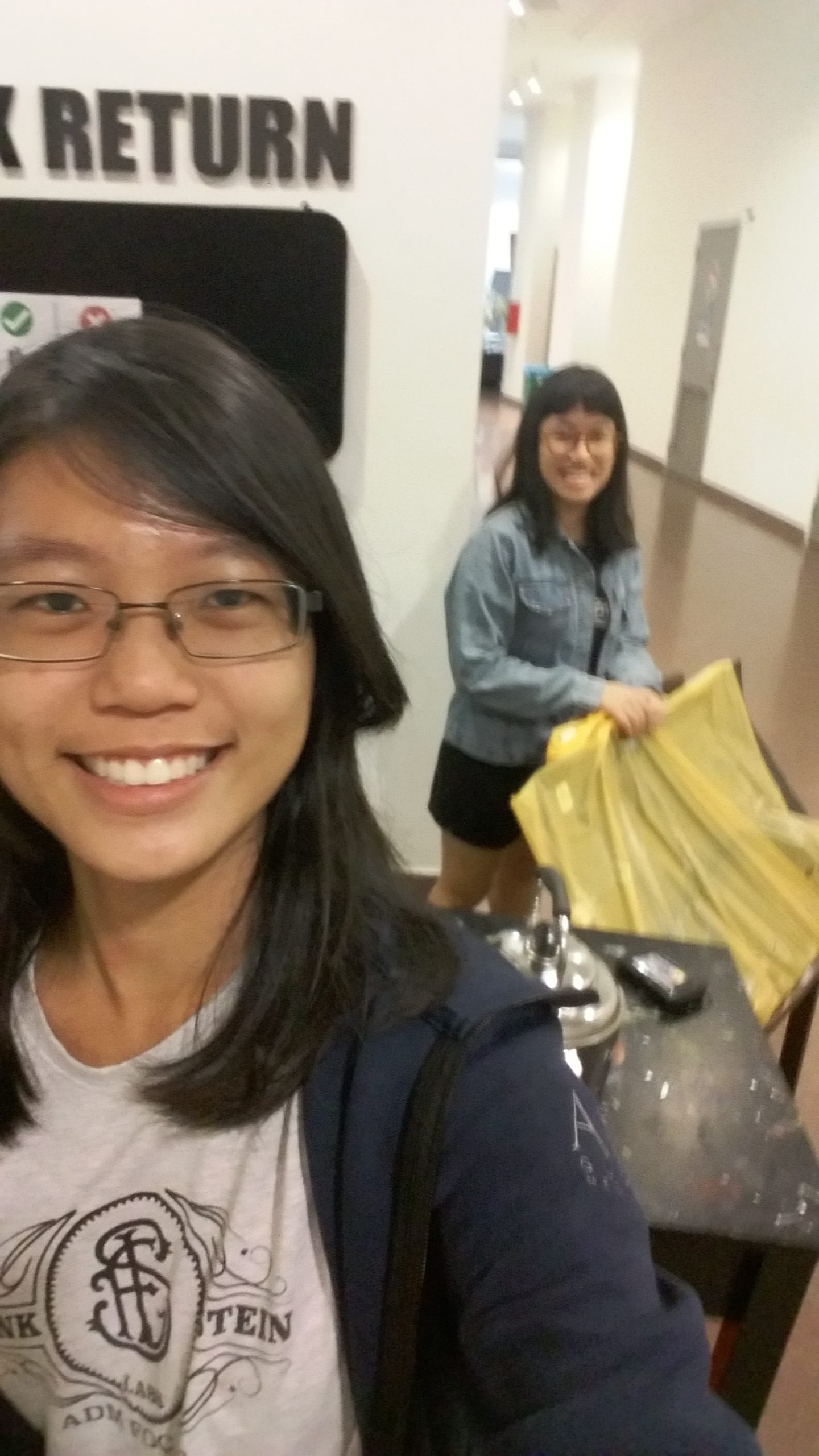
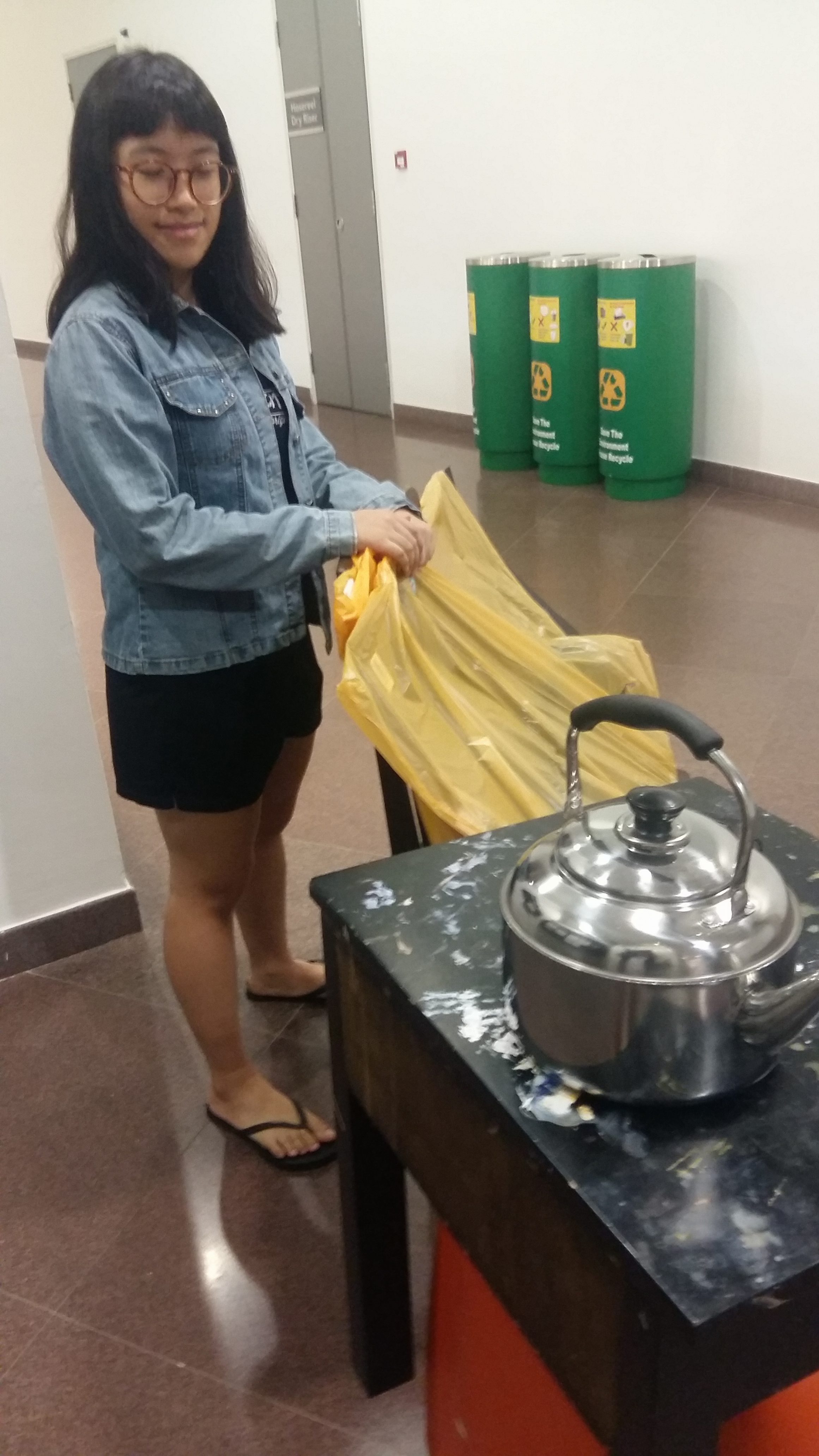

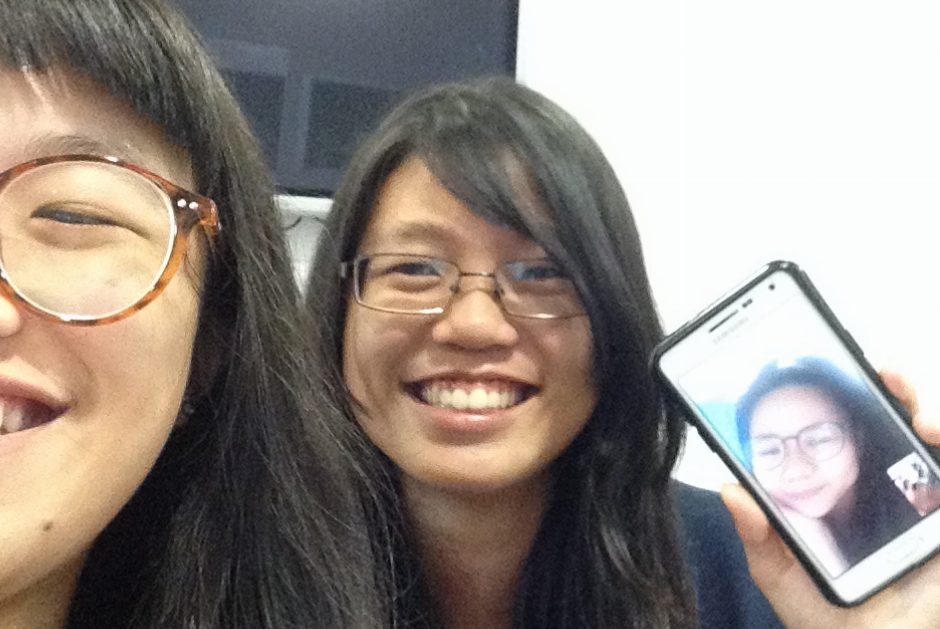
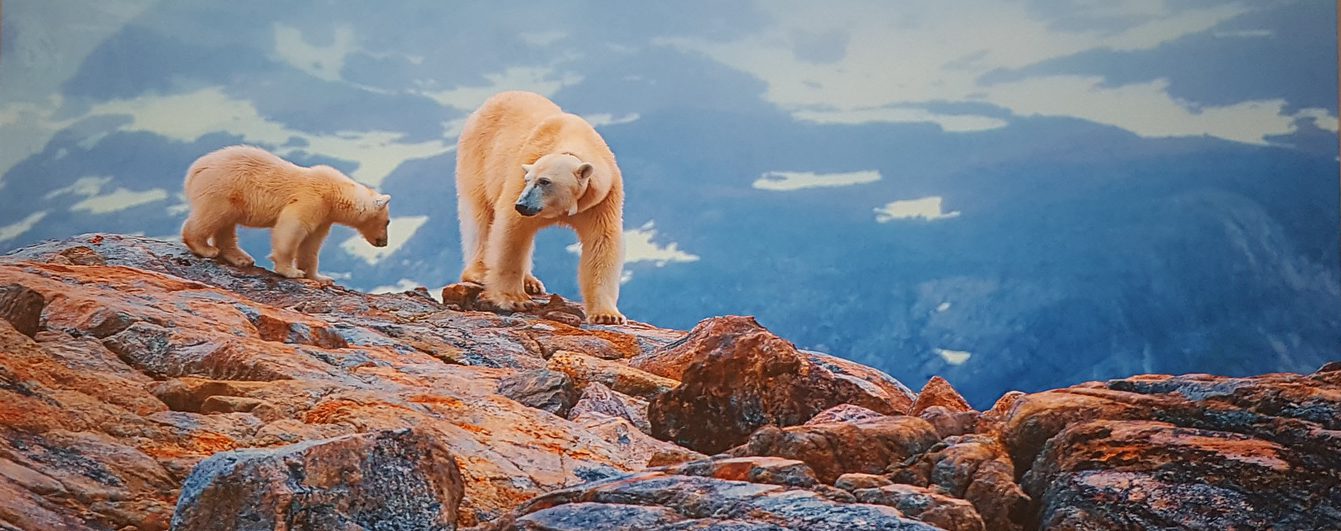
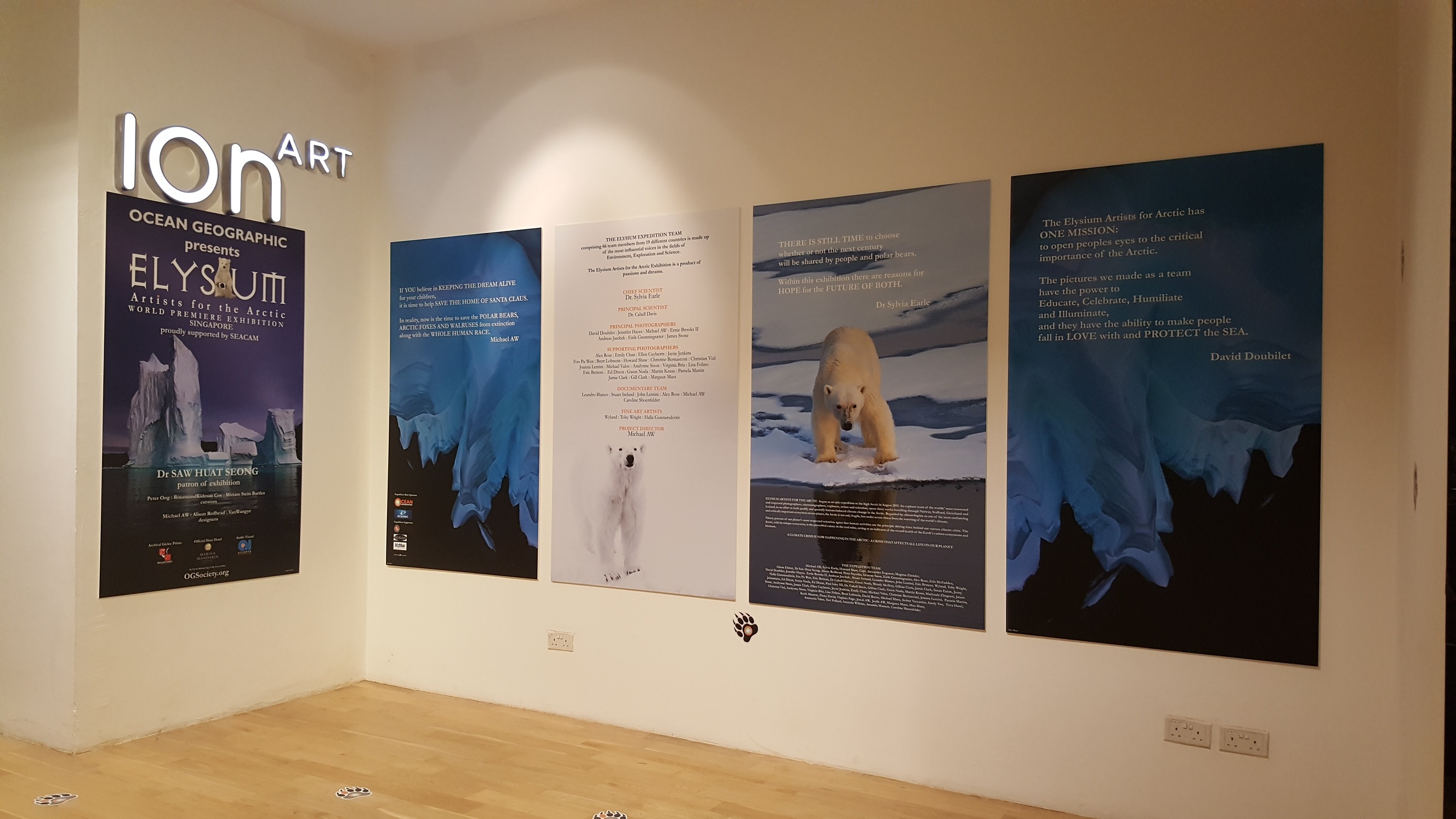

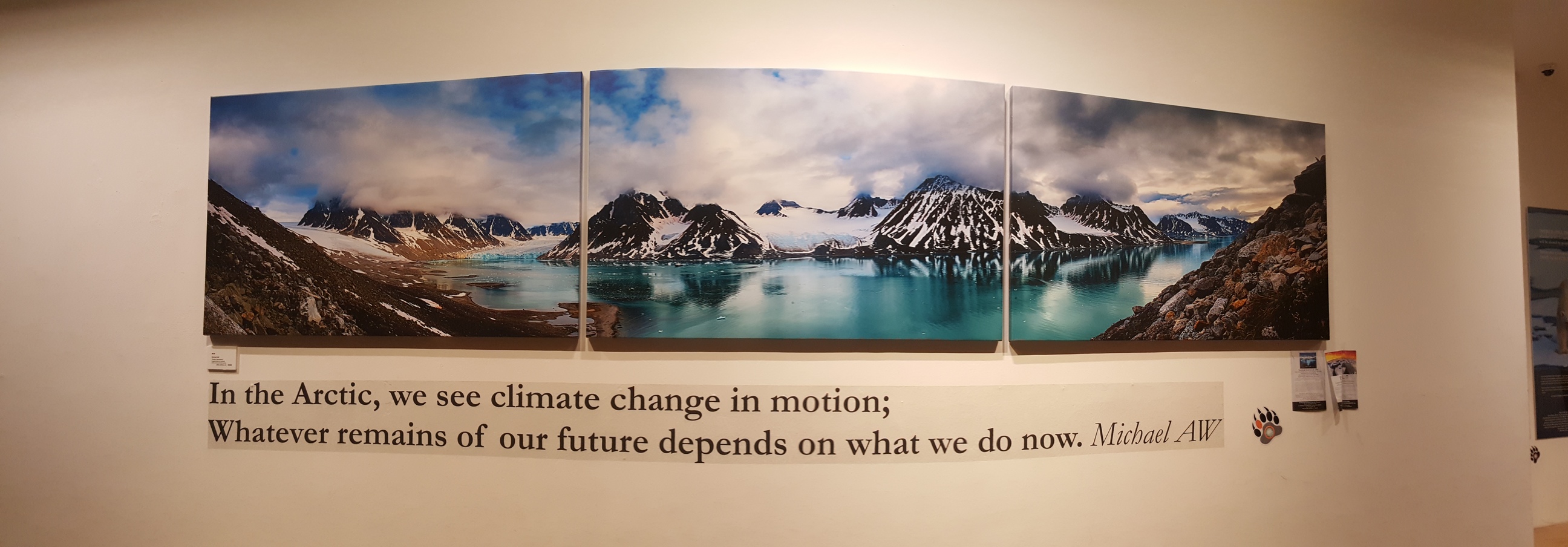
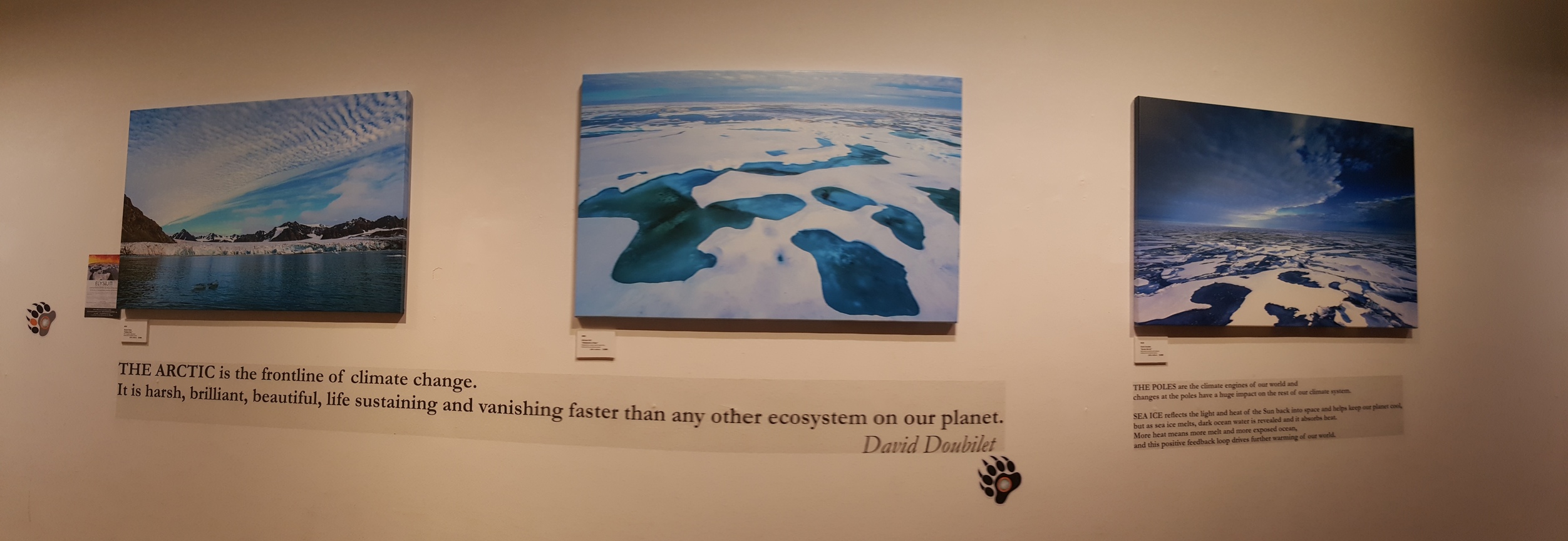
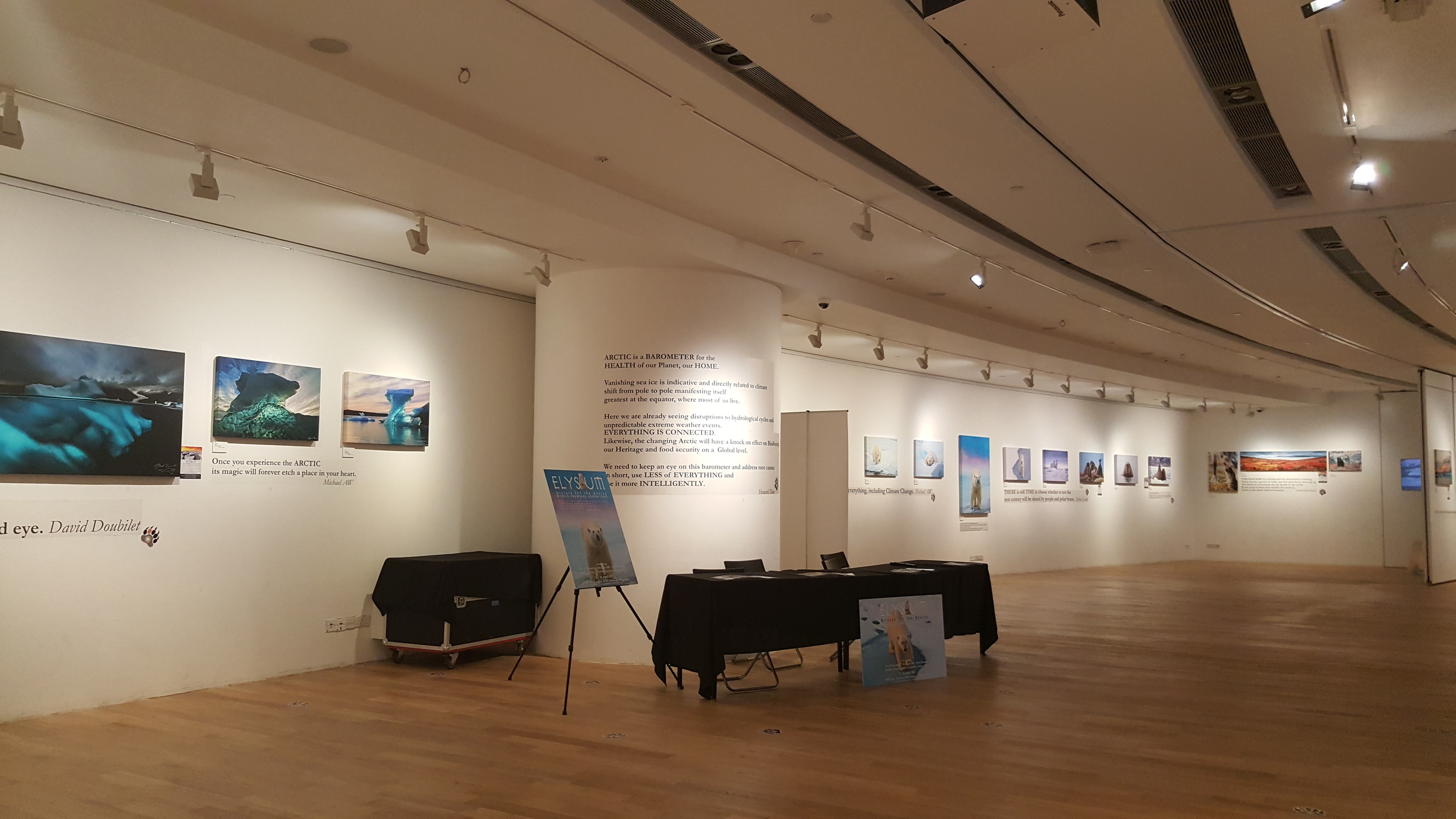
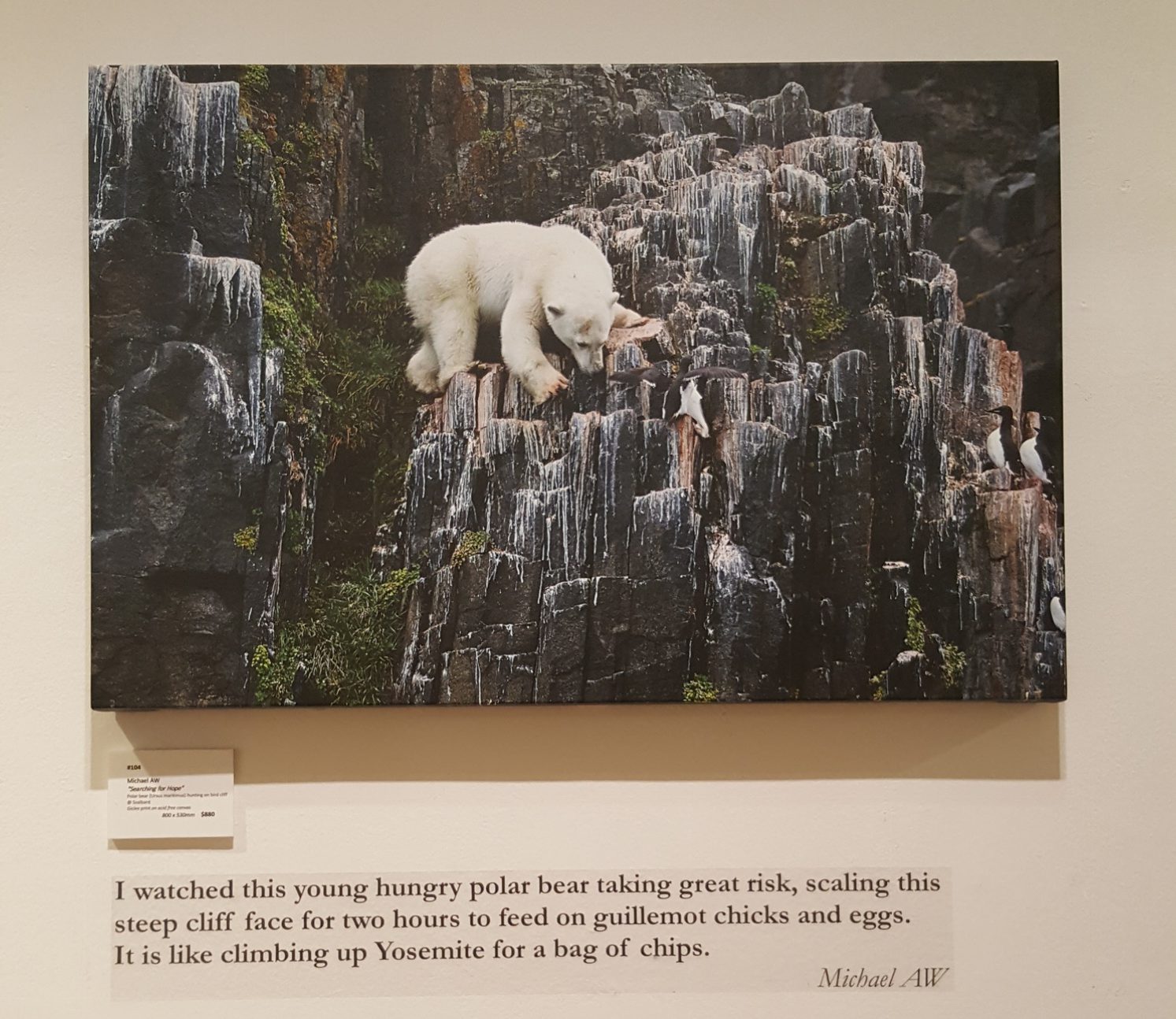
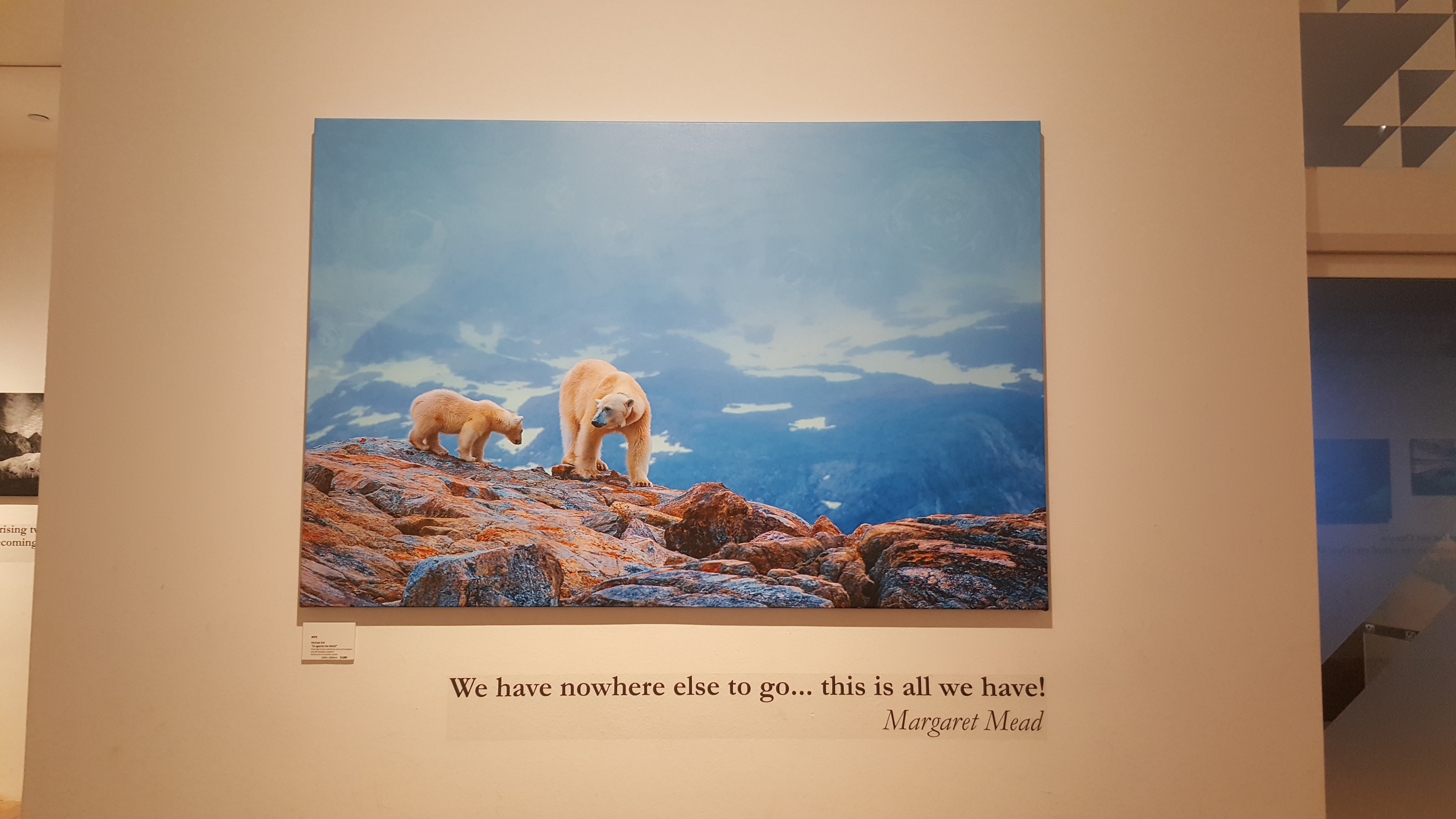
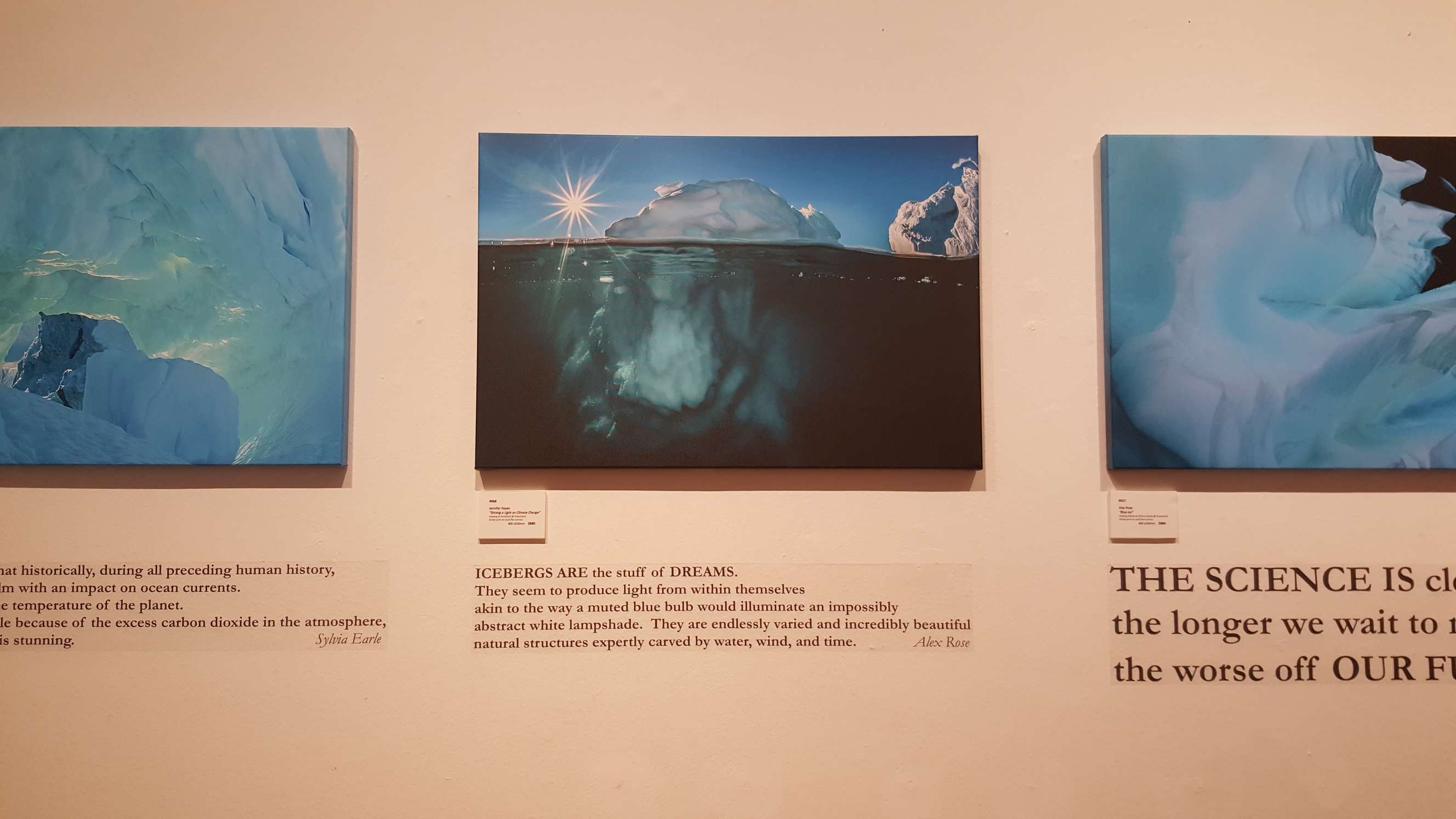
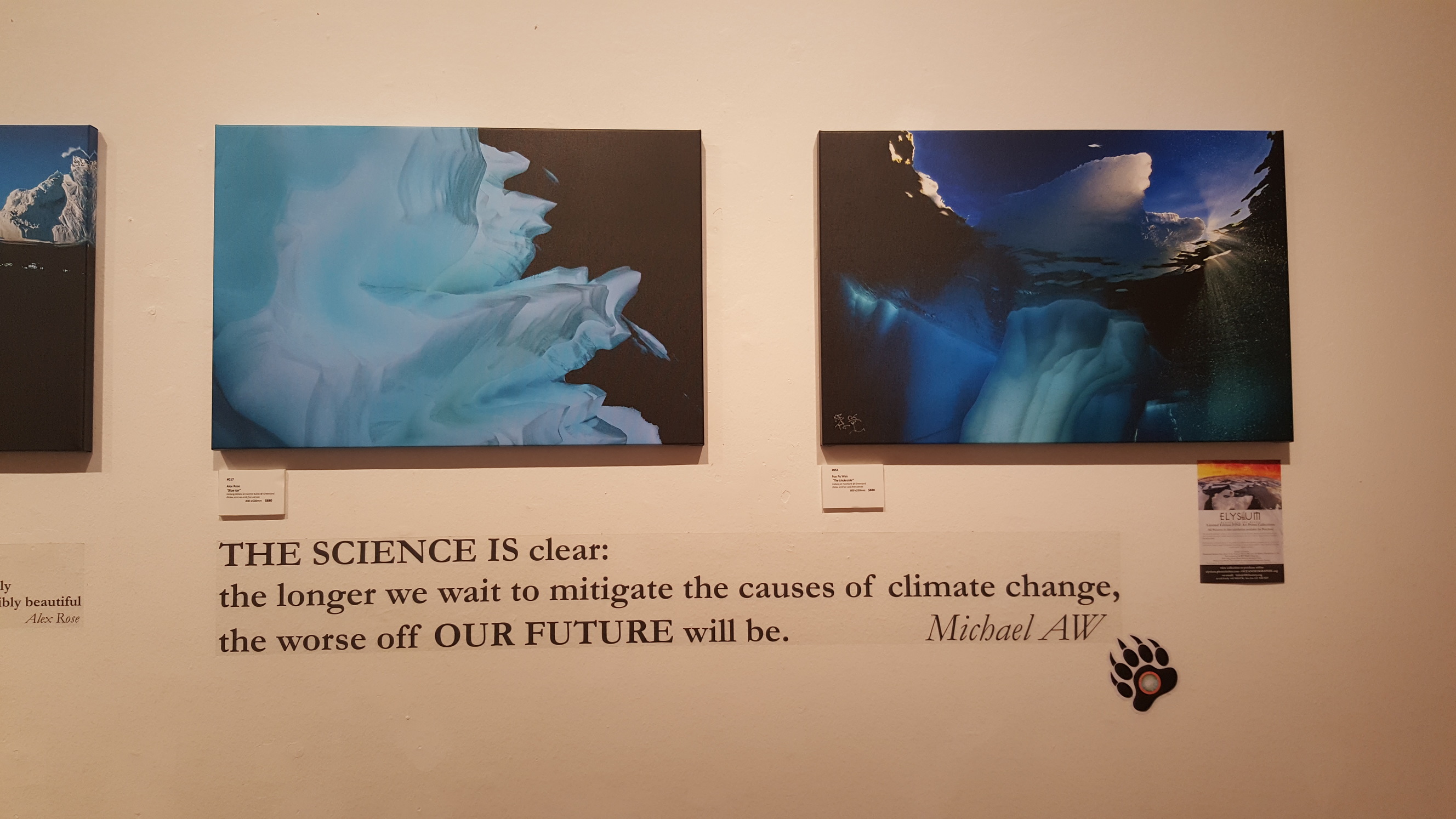
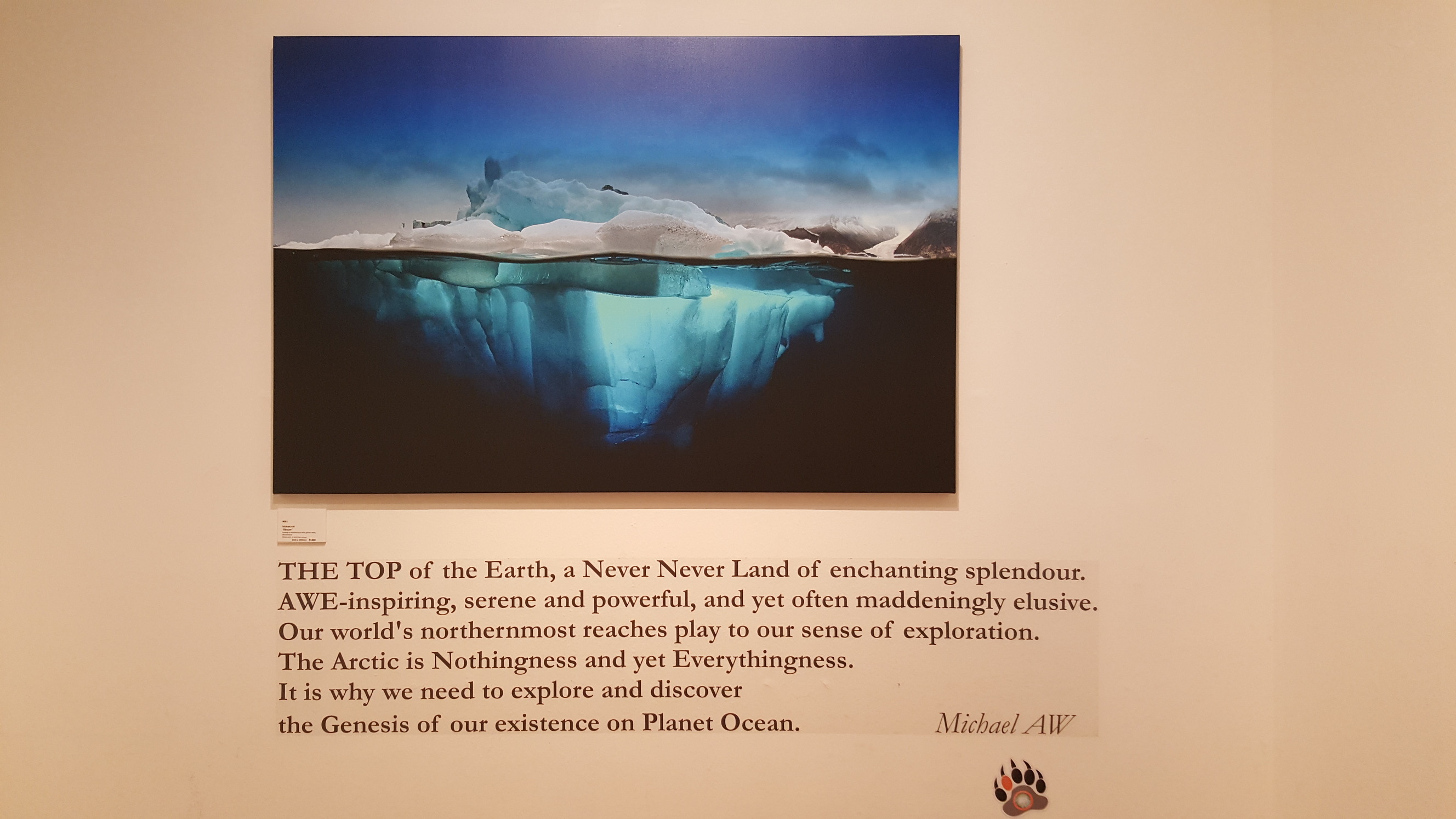
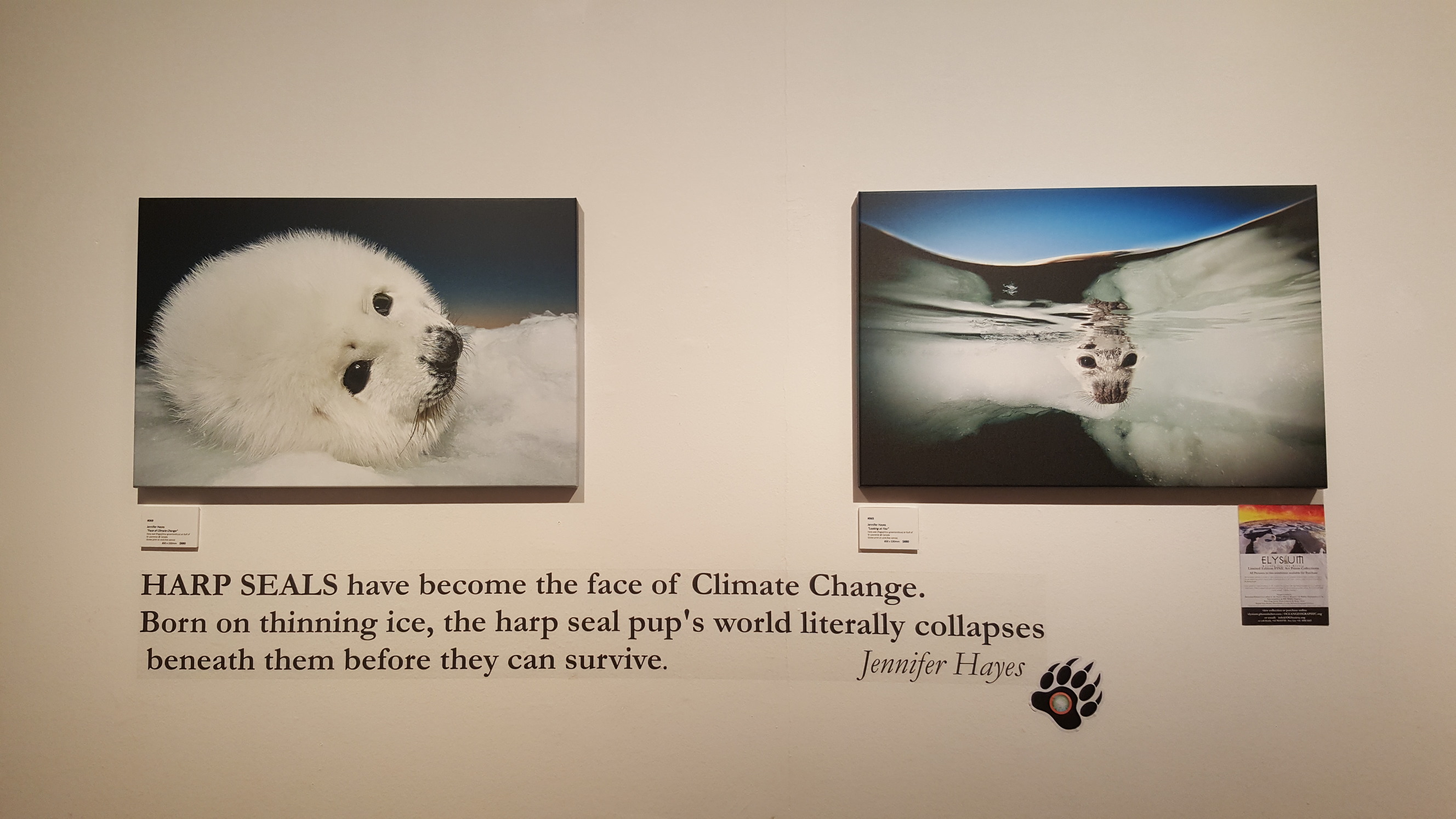
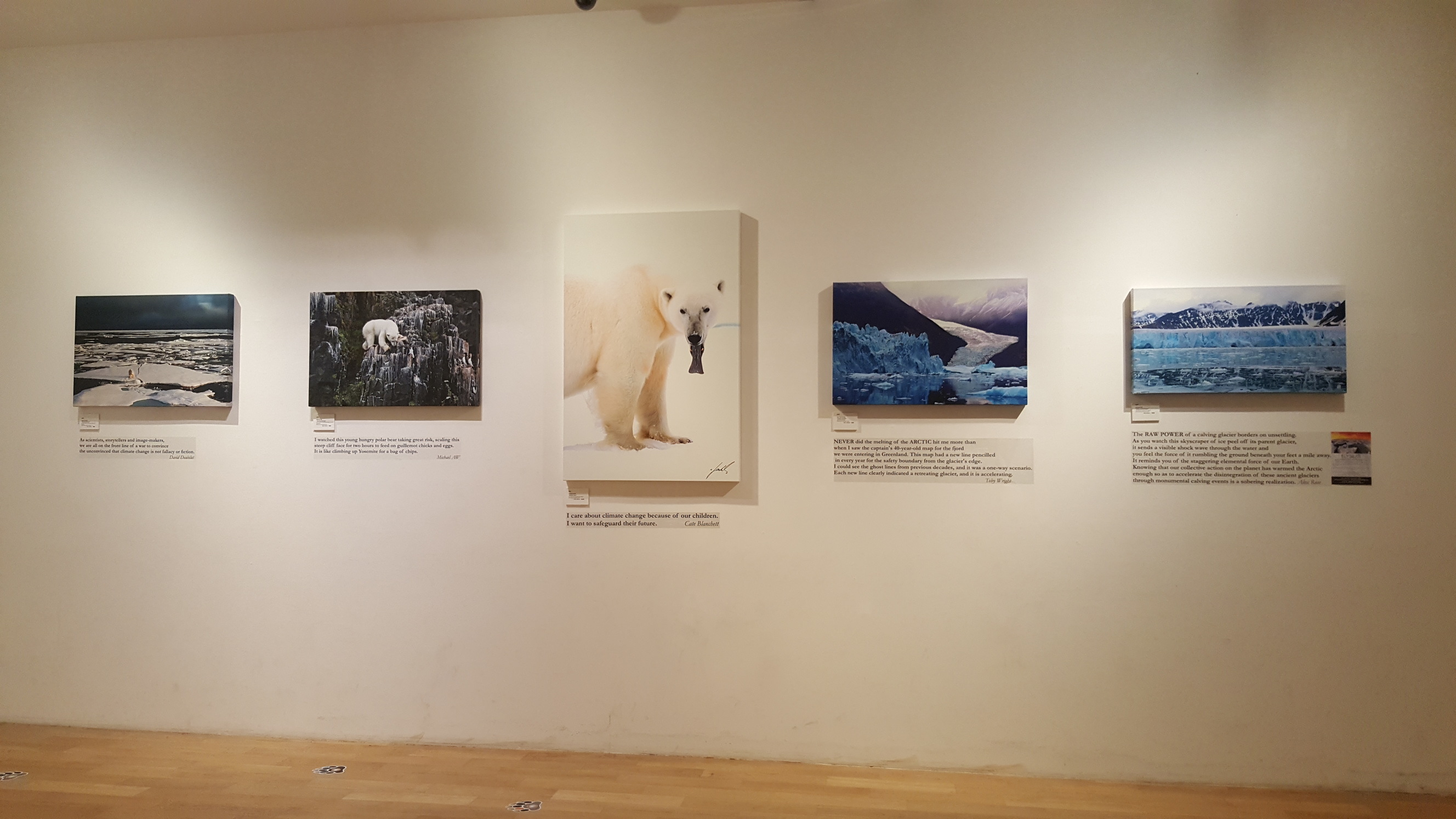
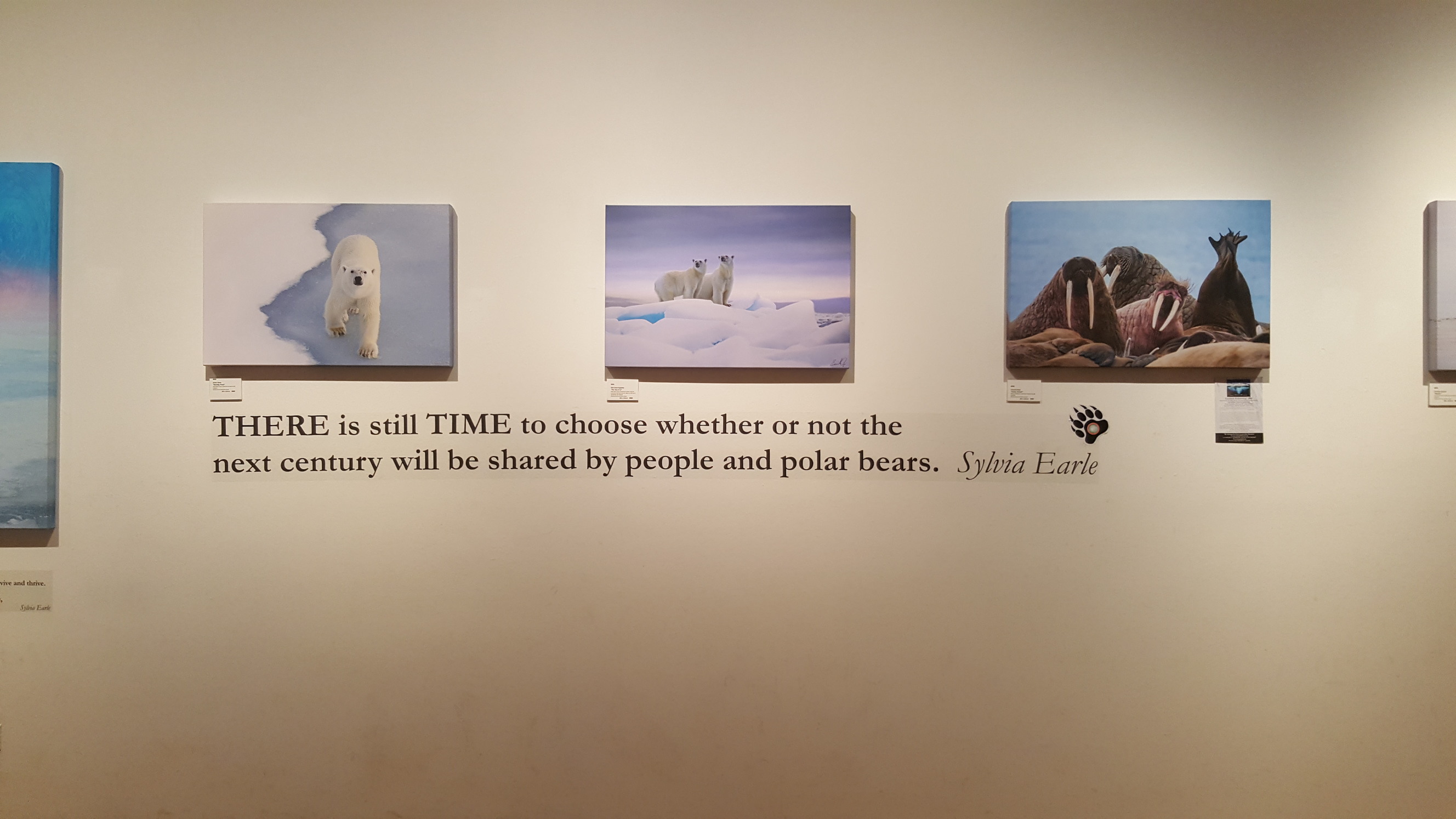
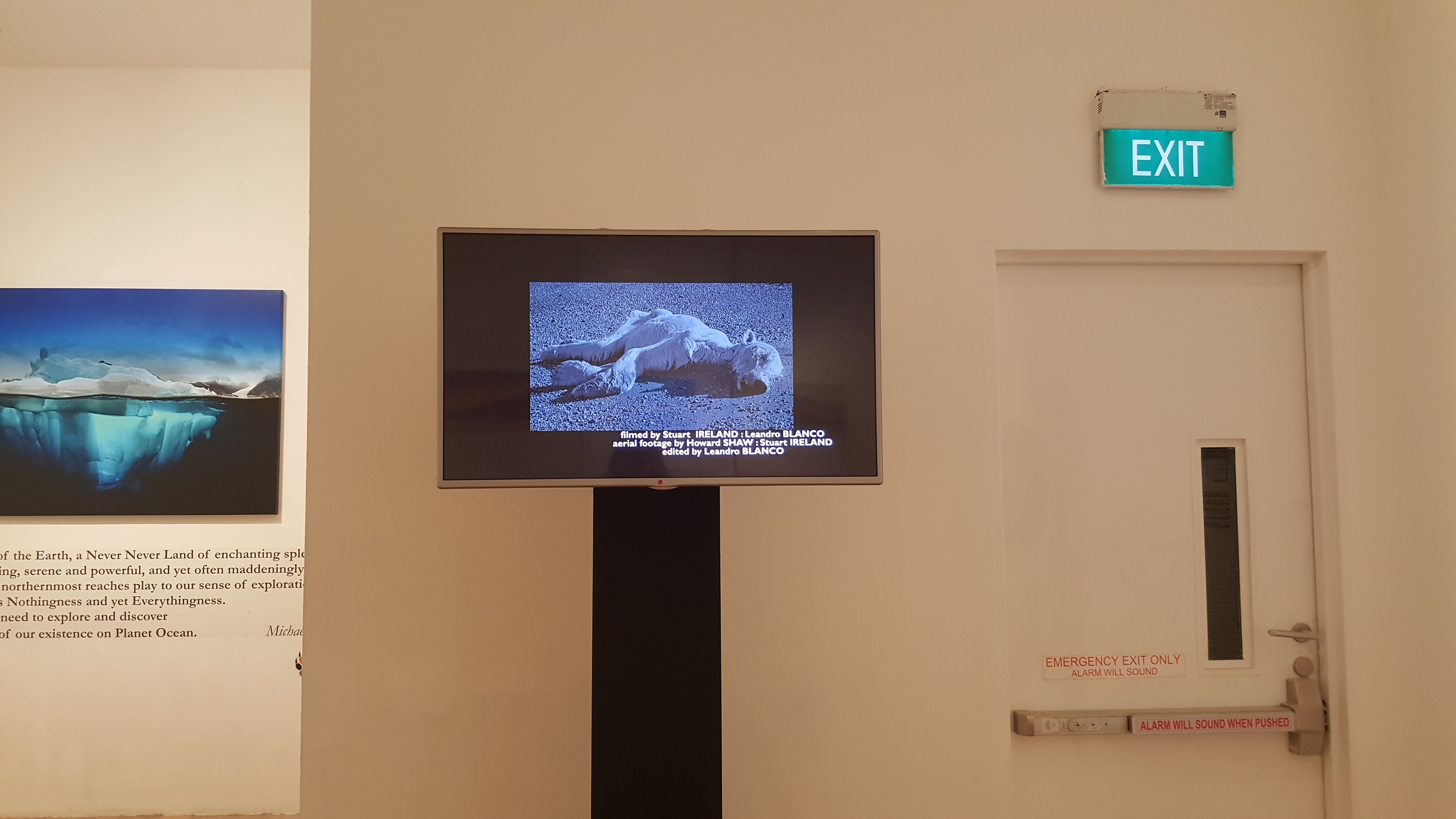
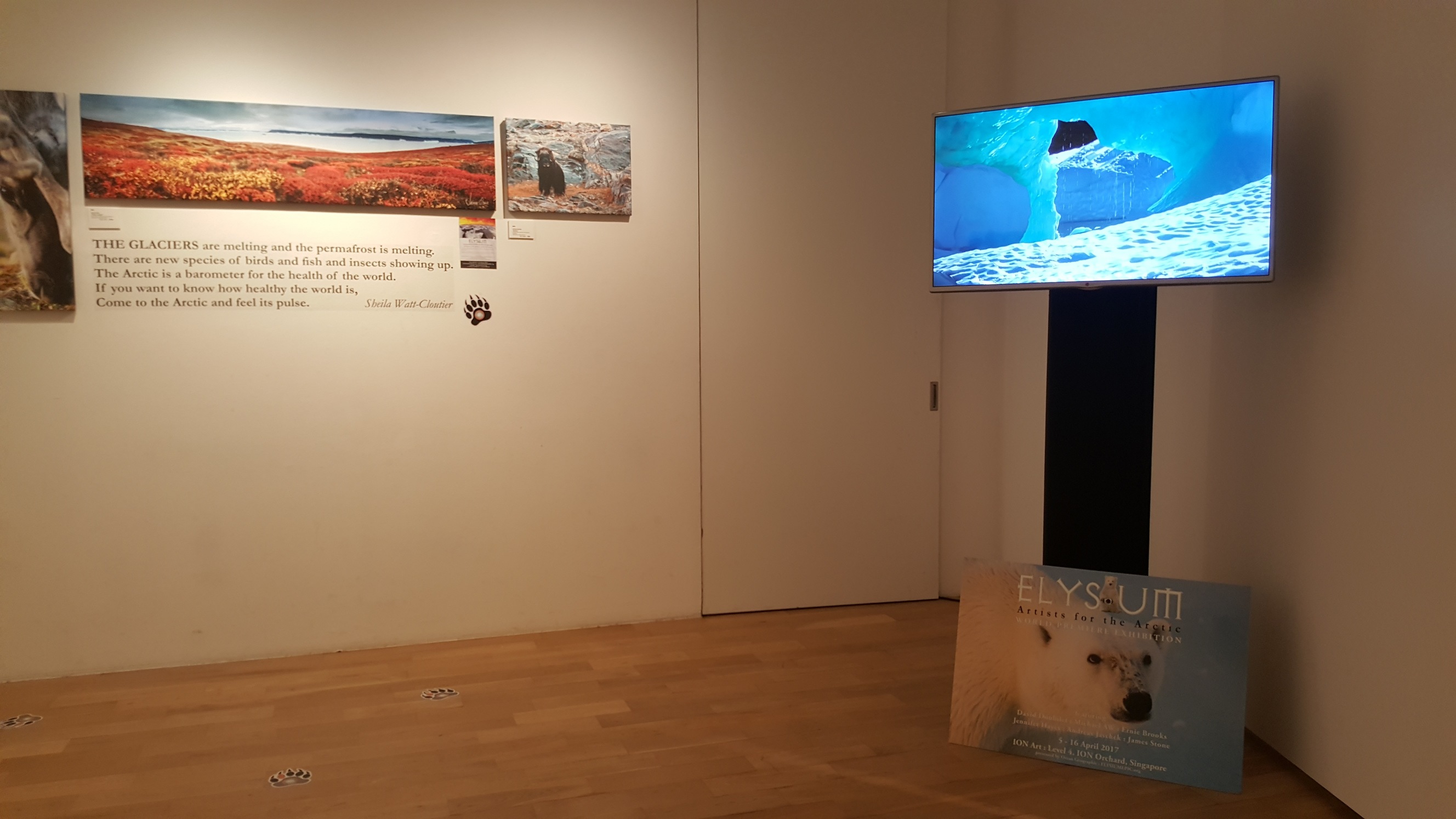
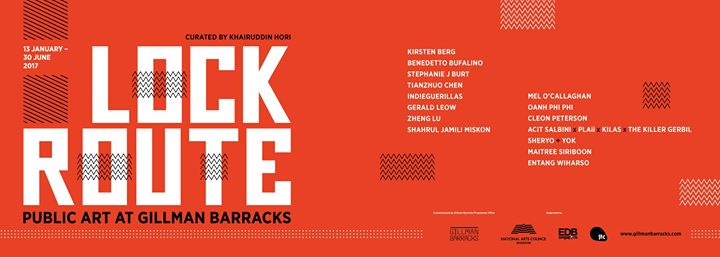
 .
.